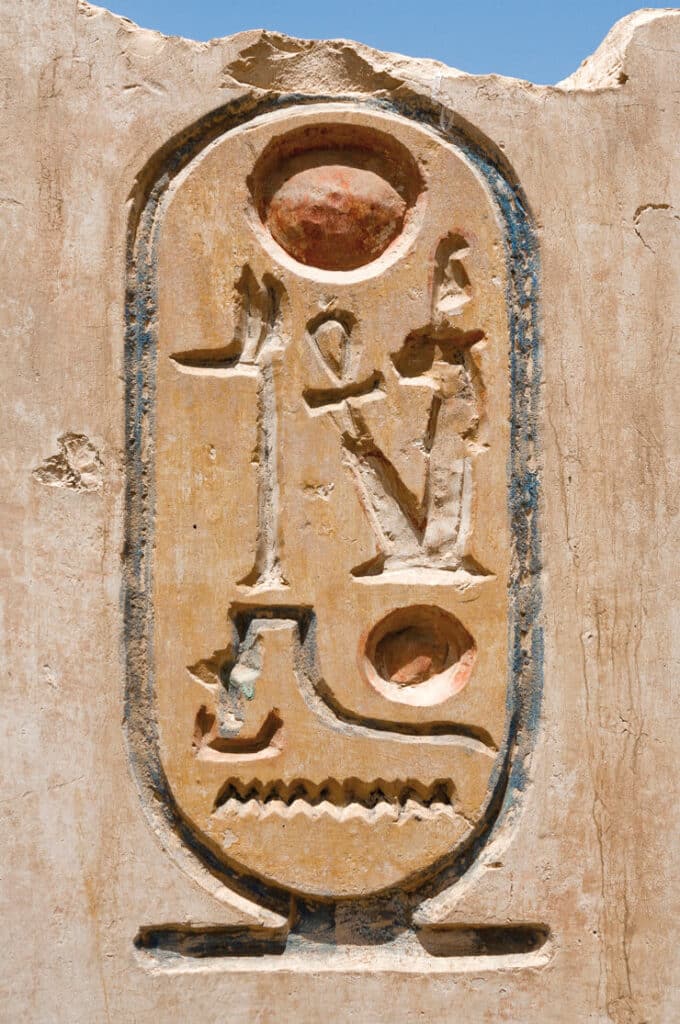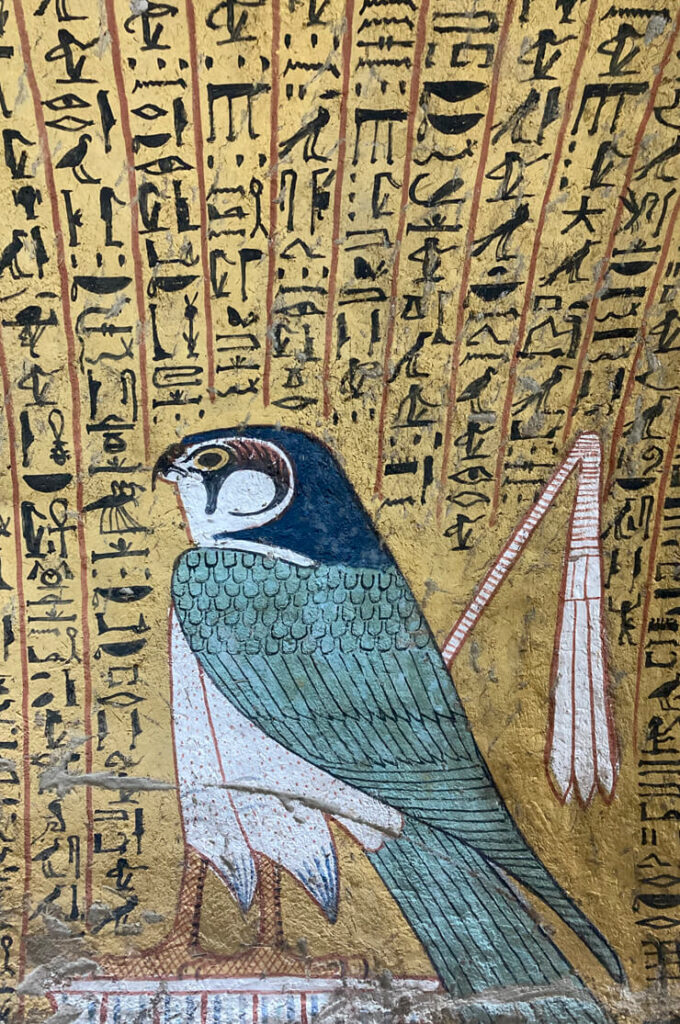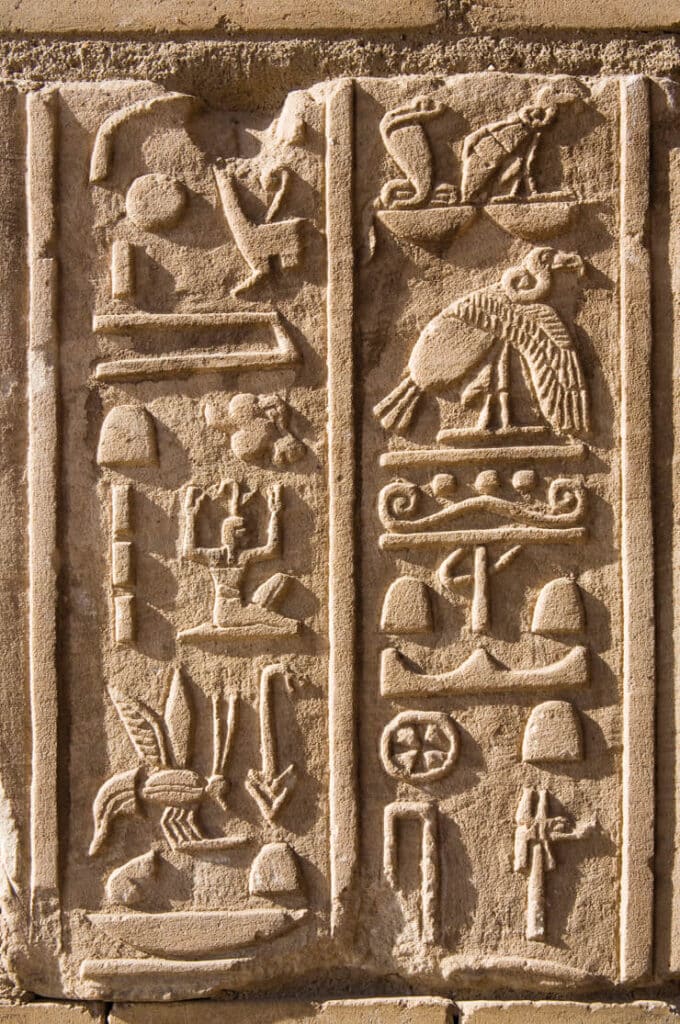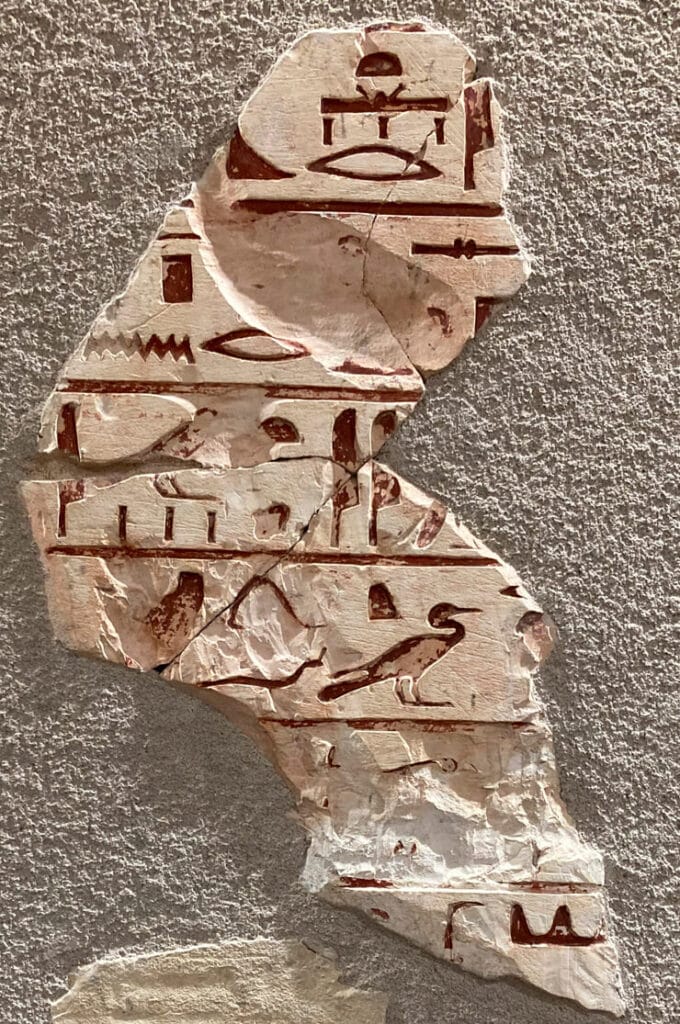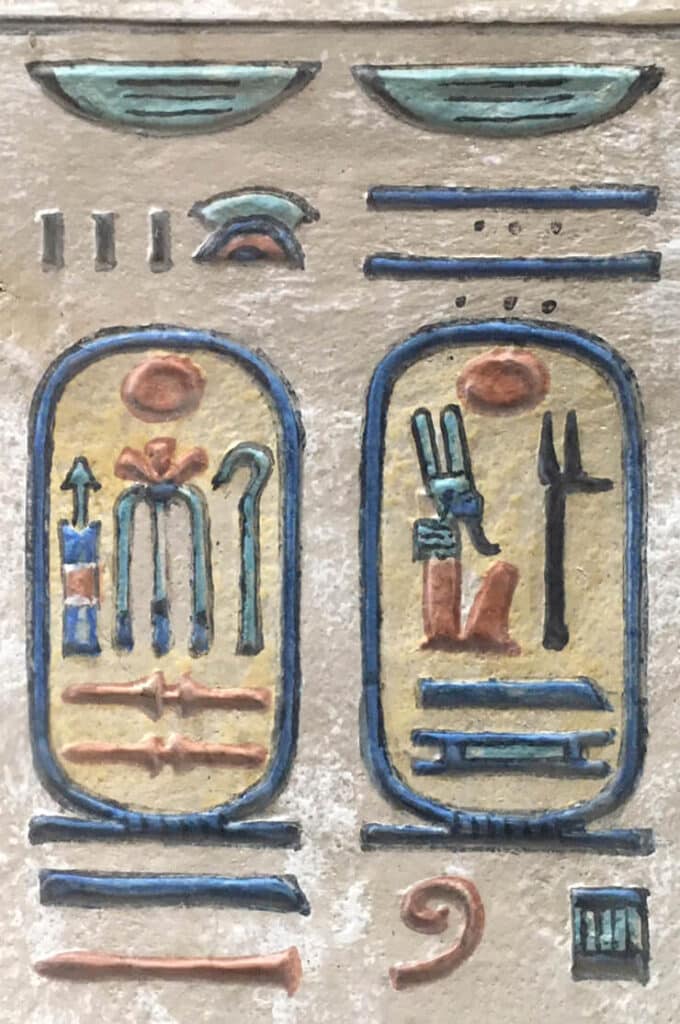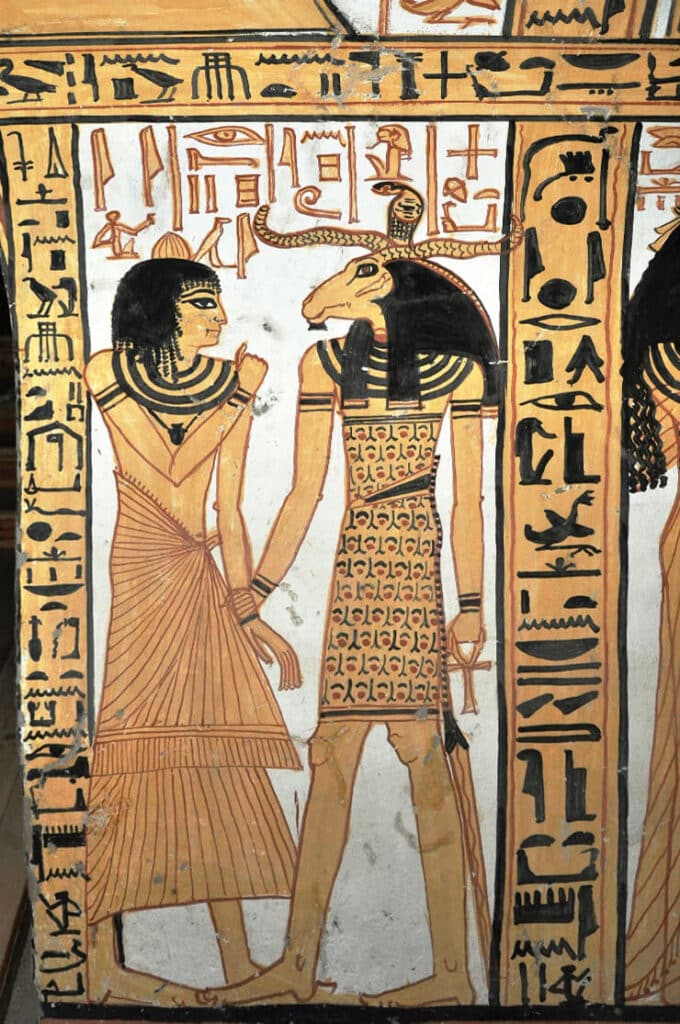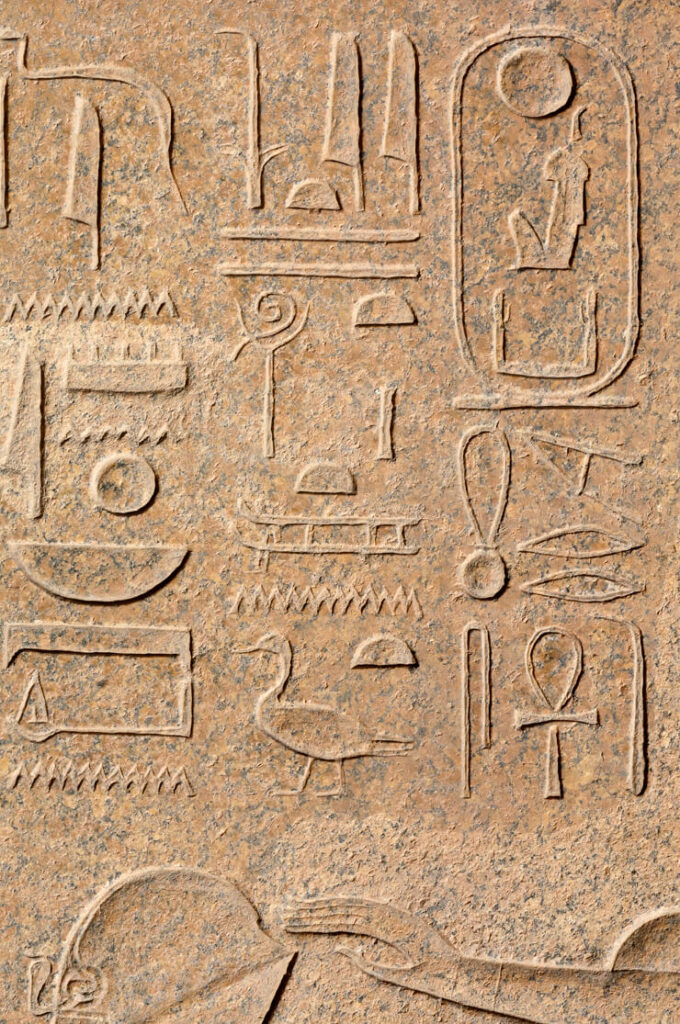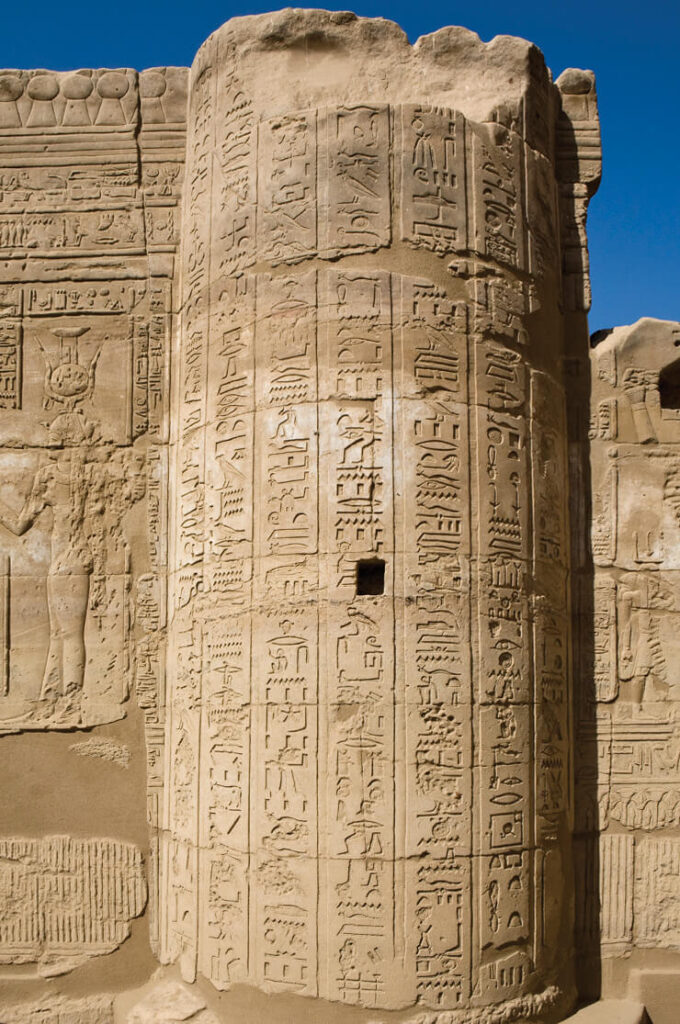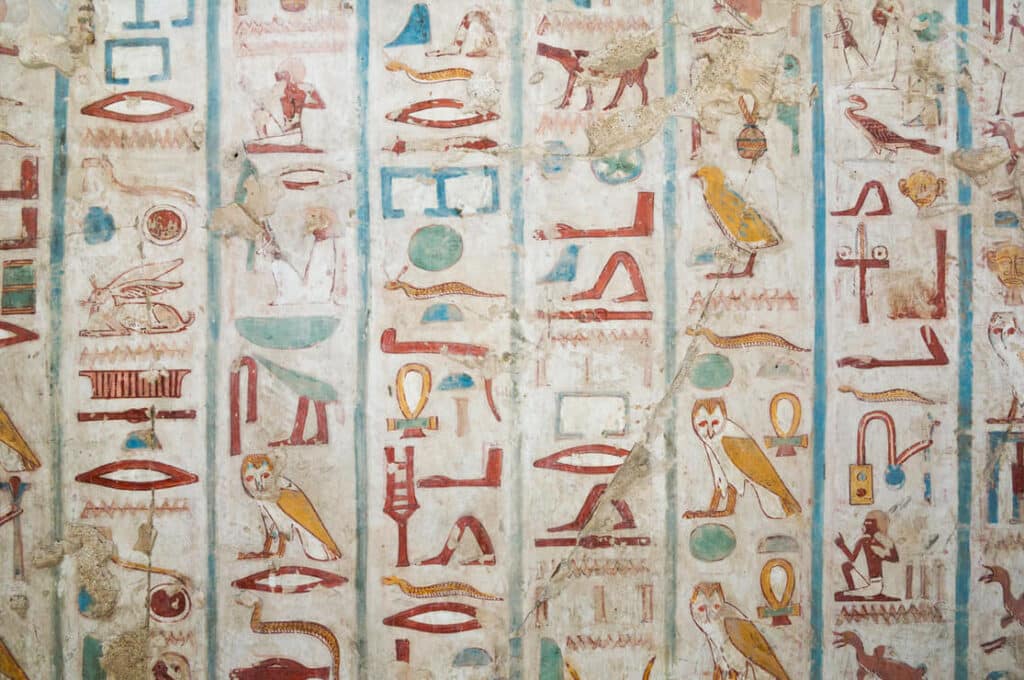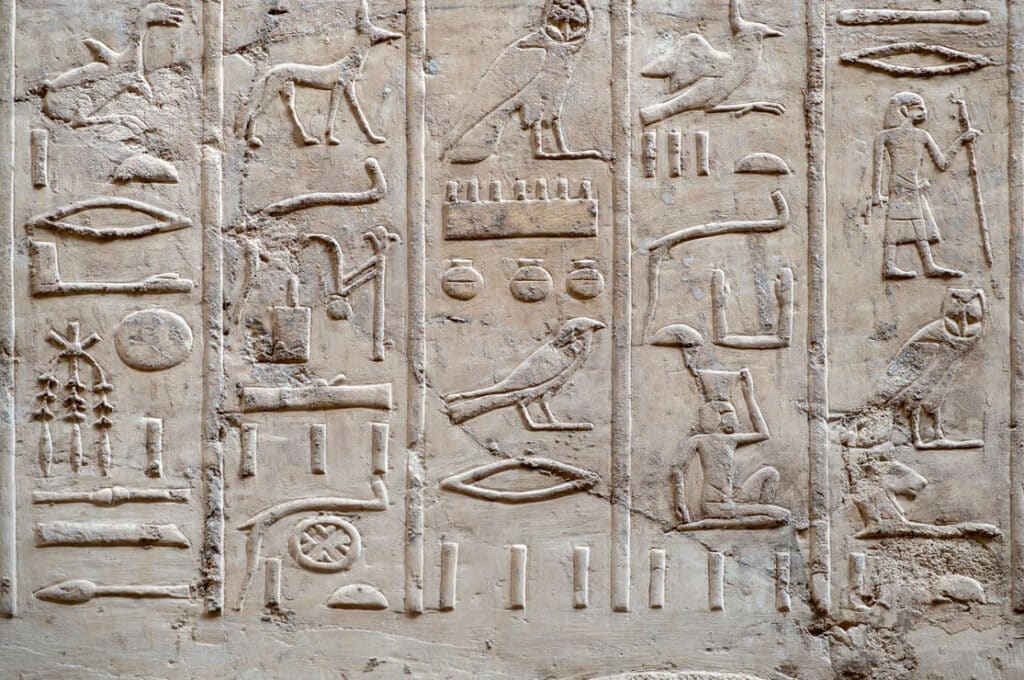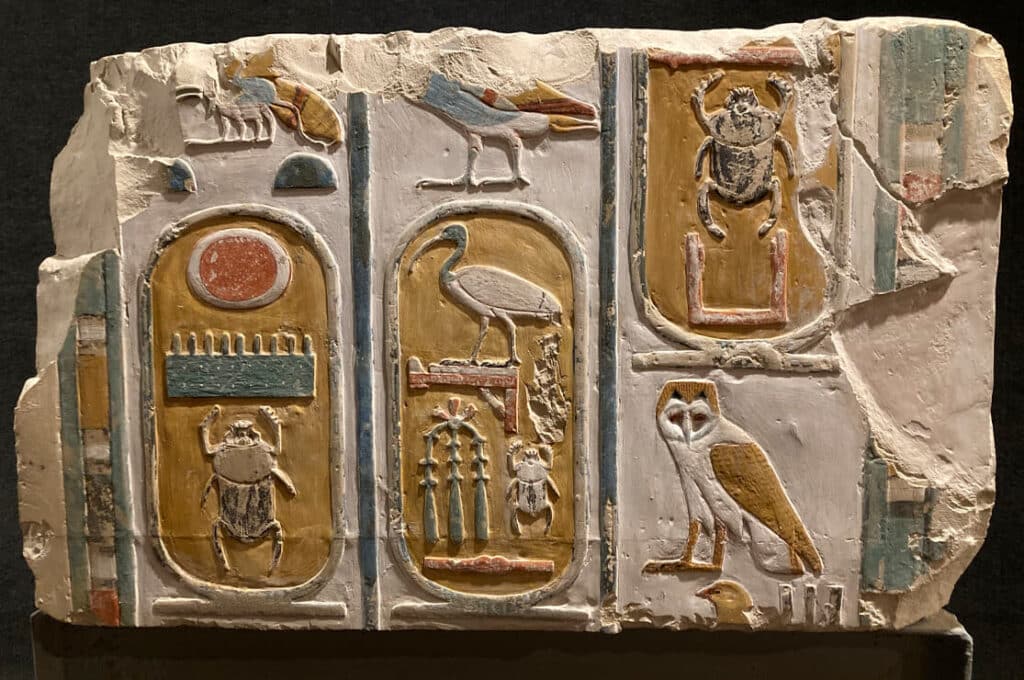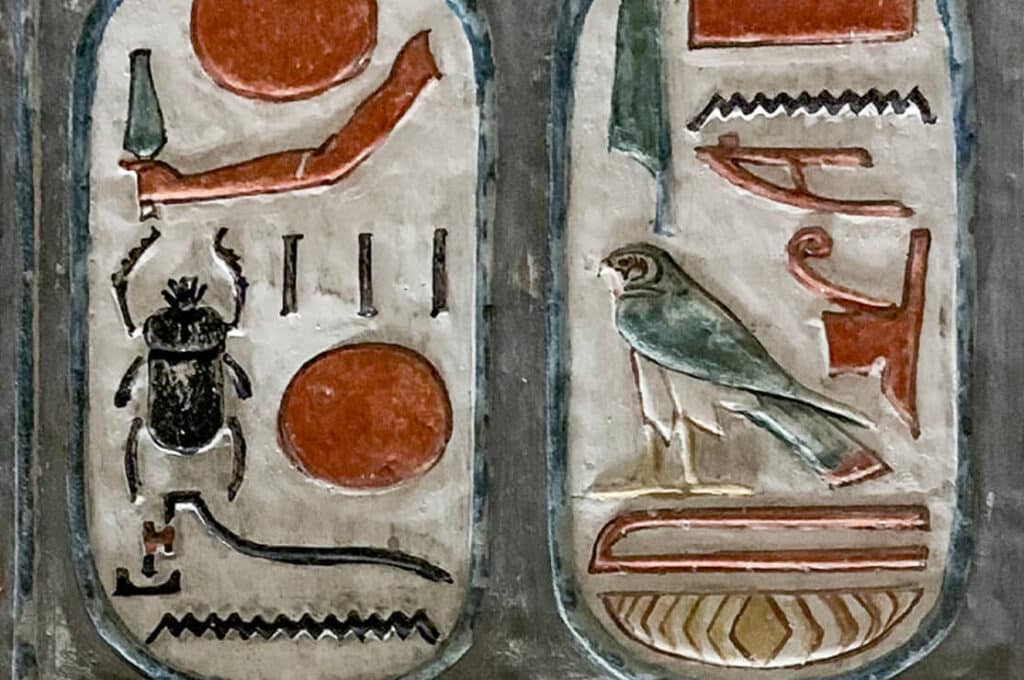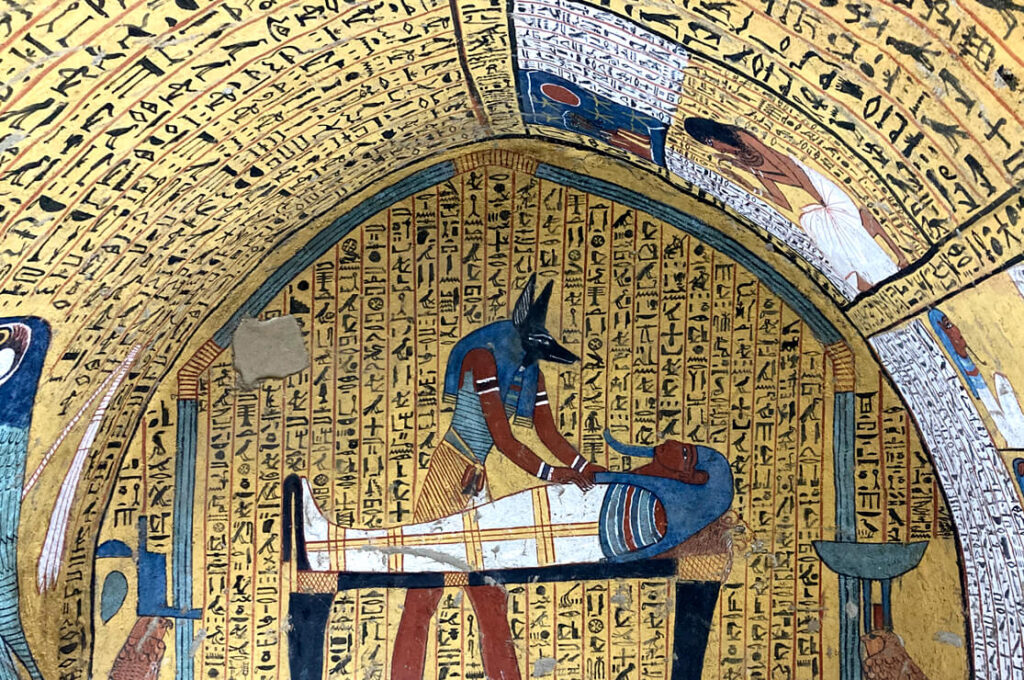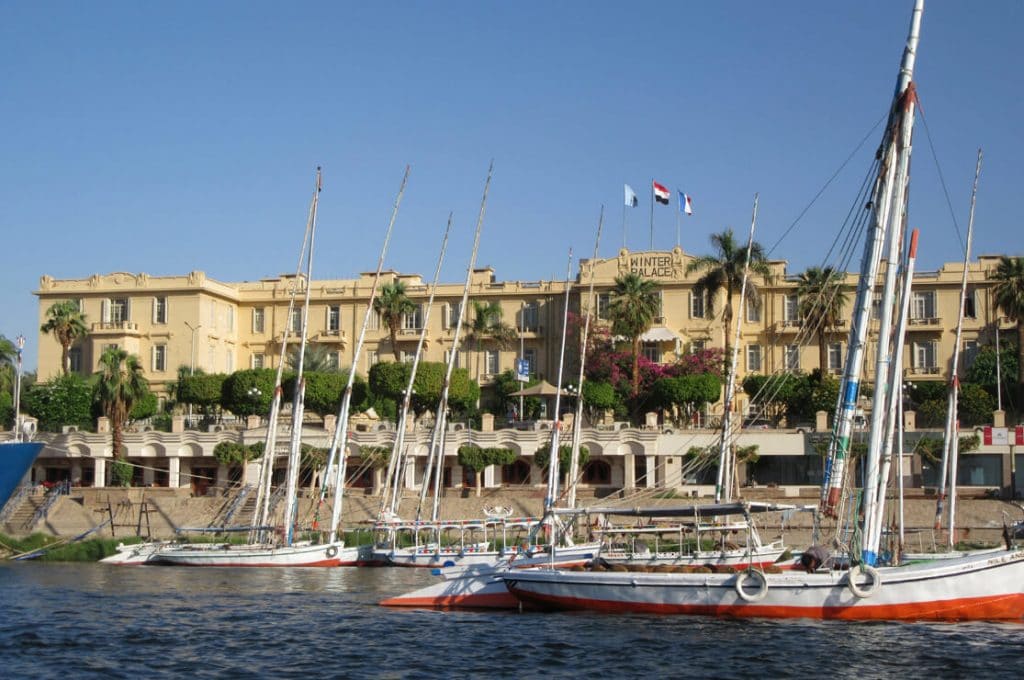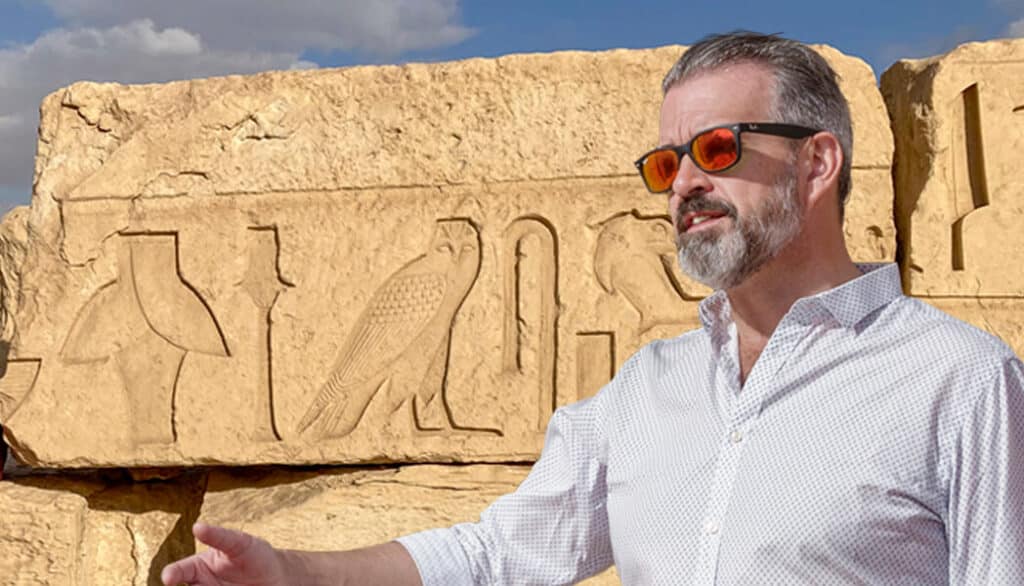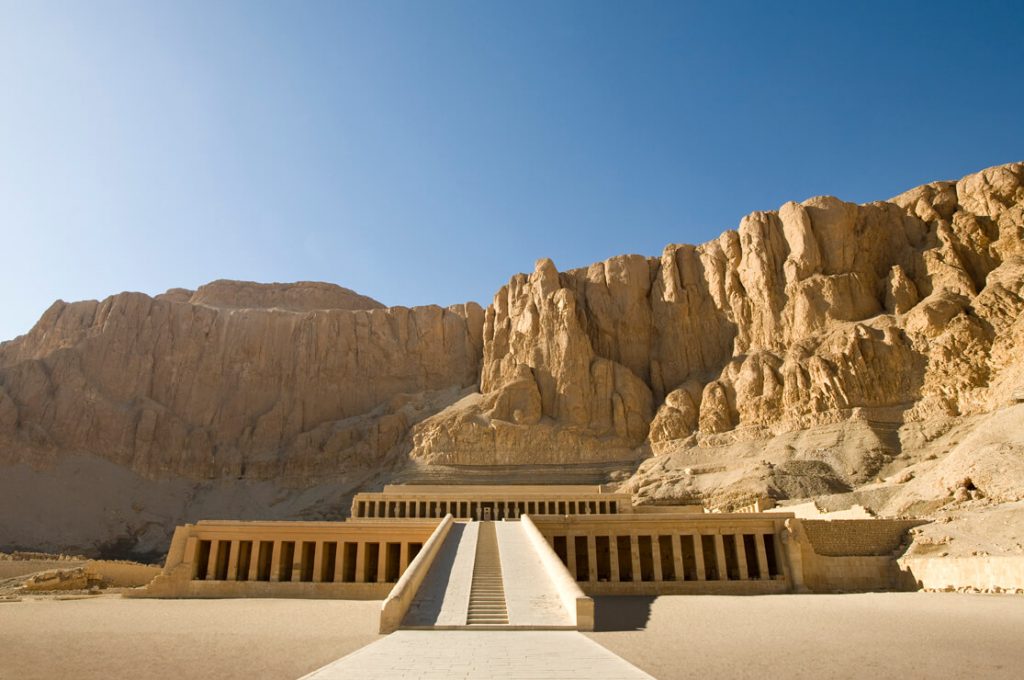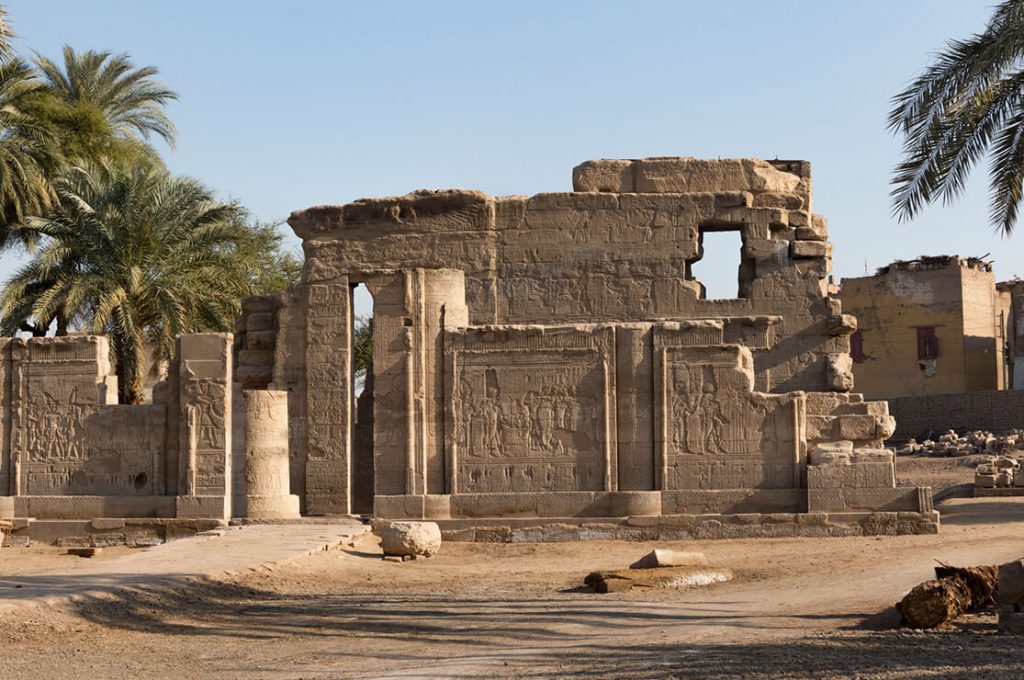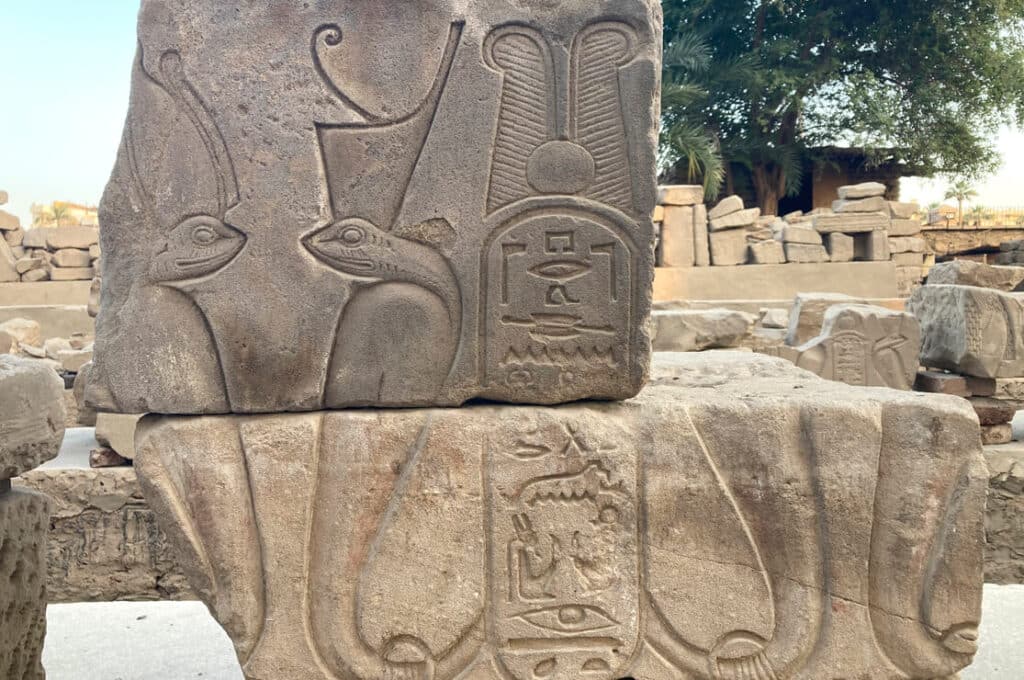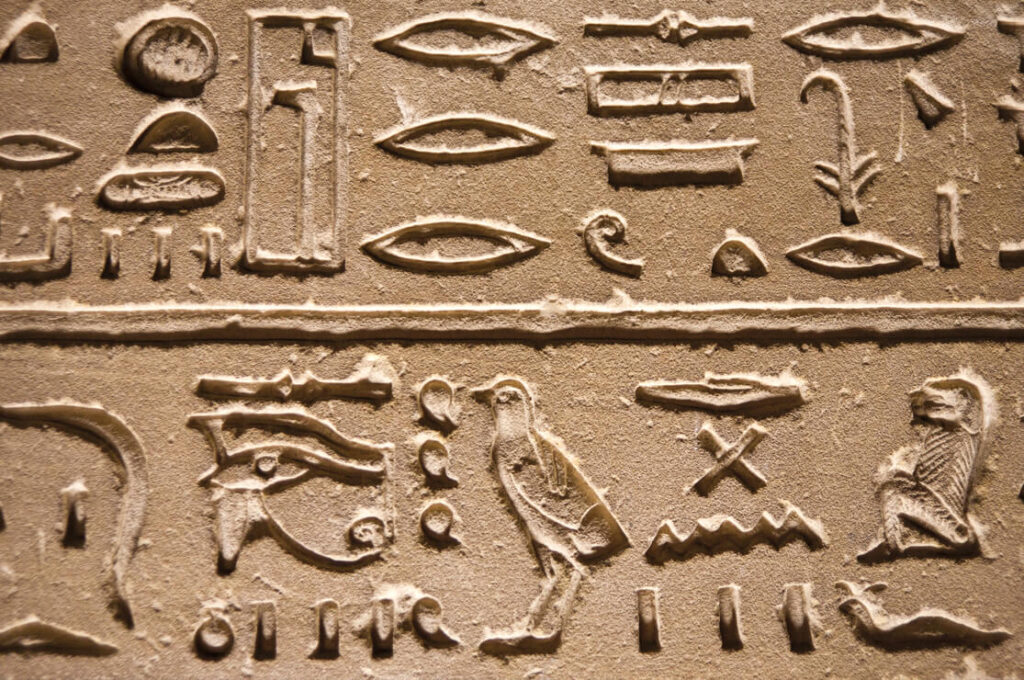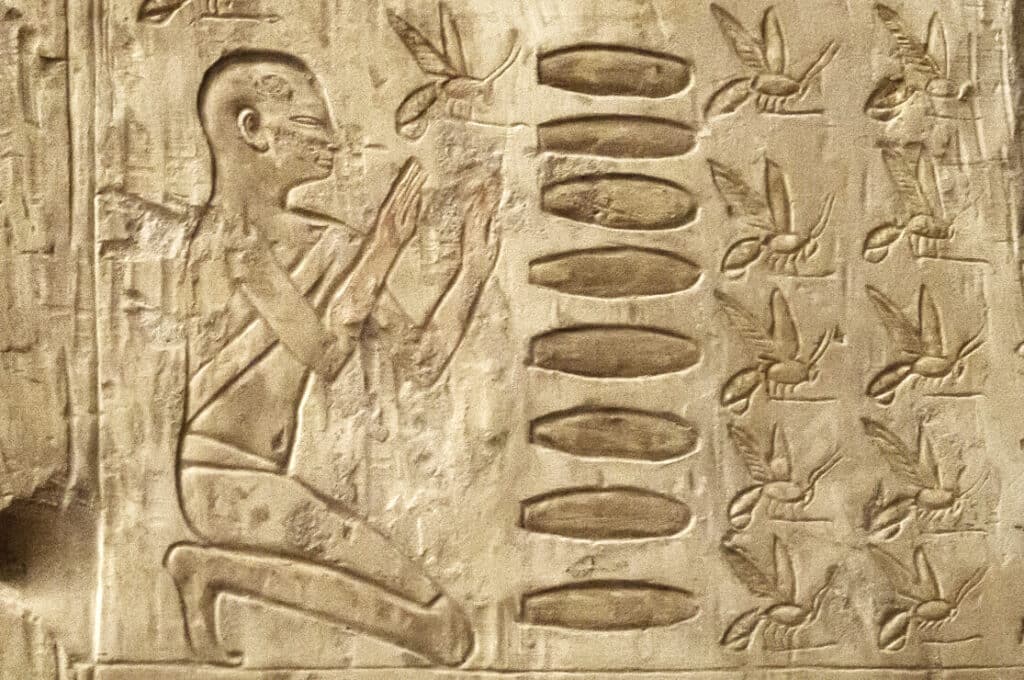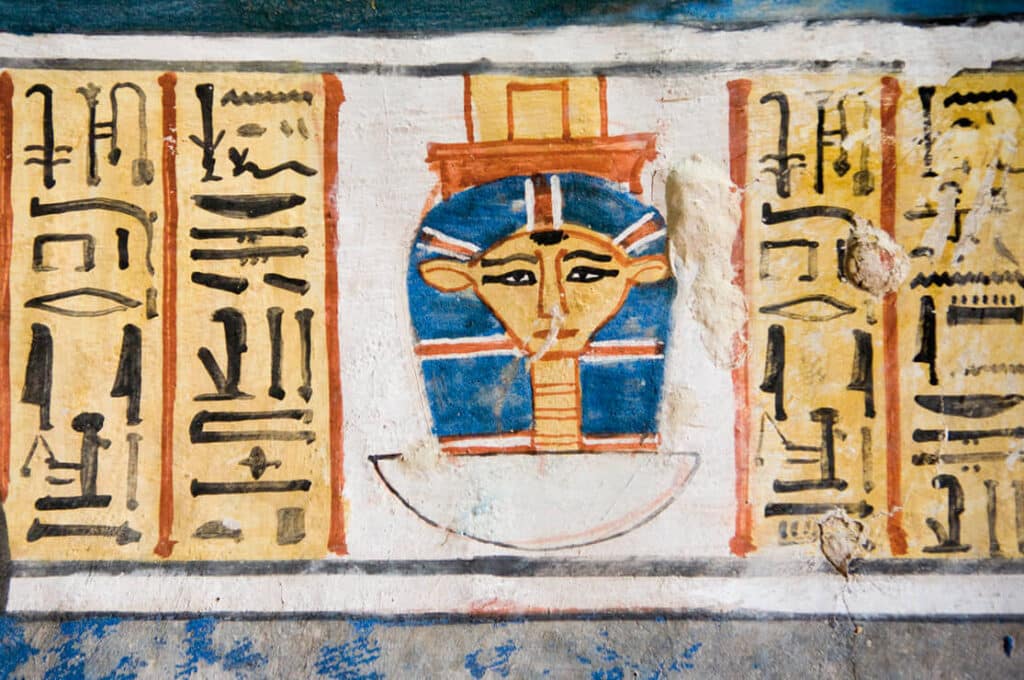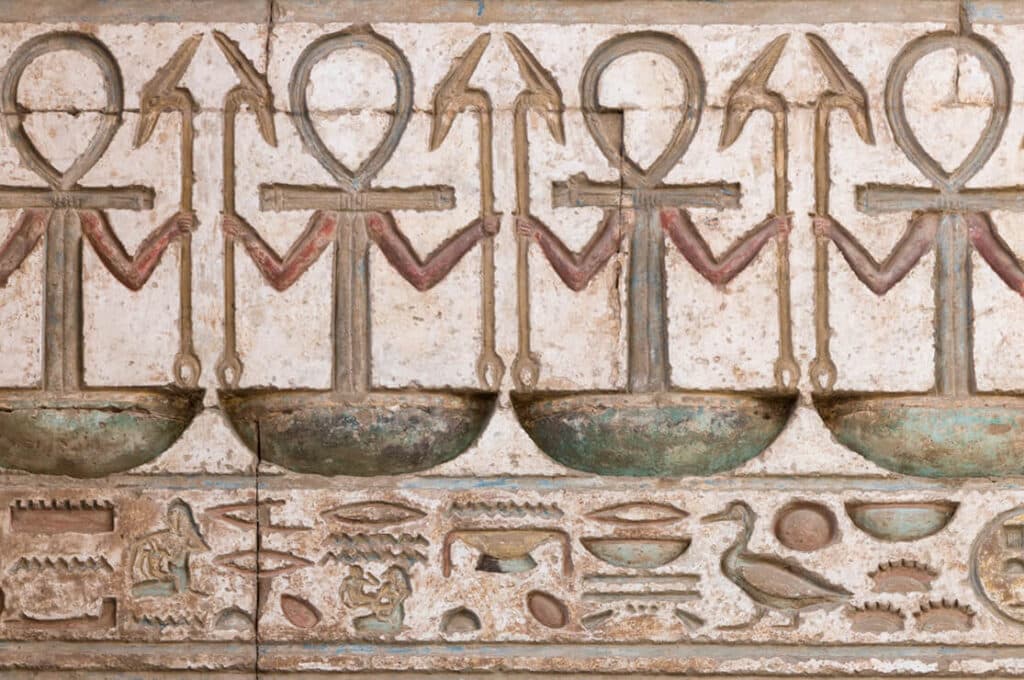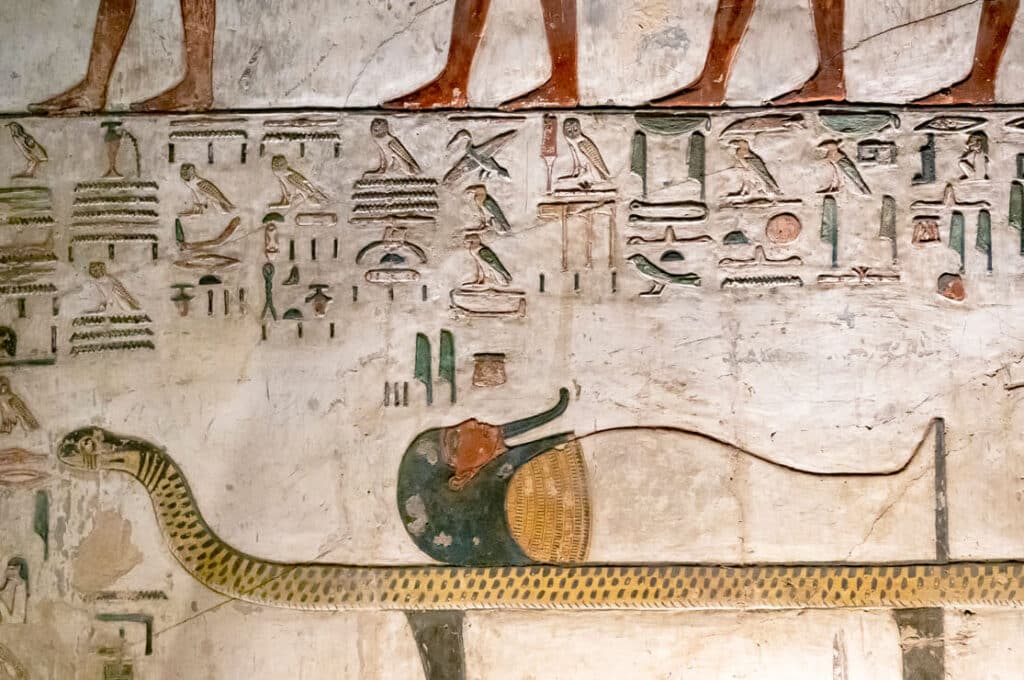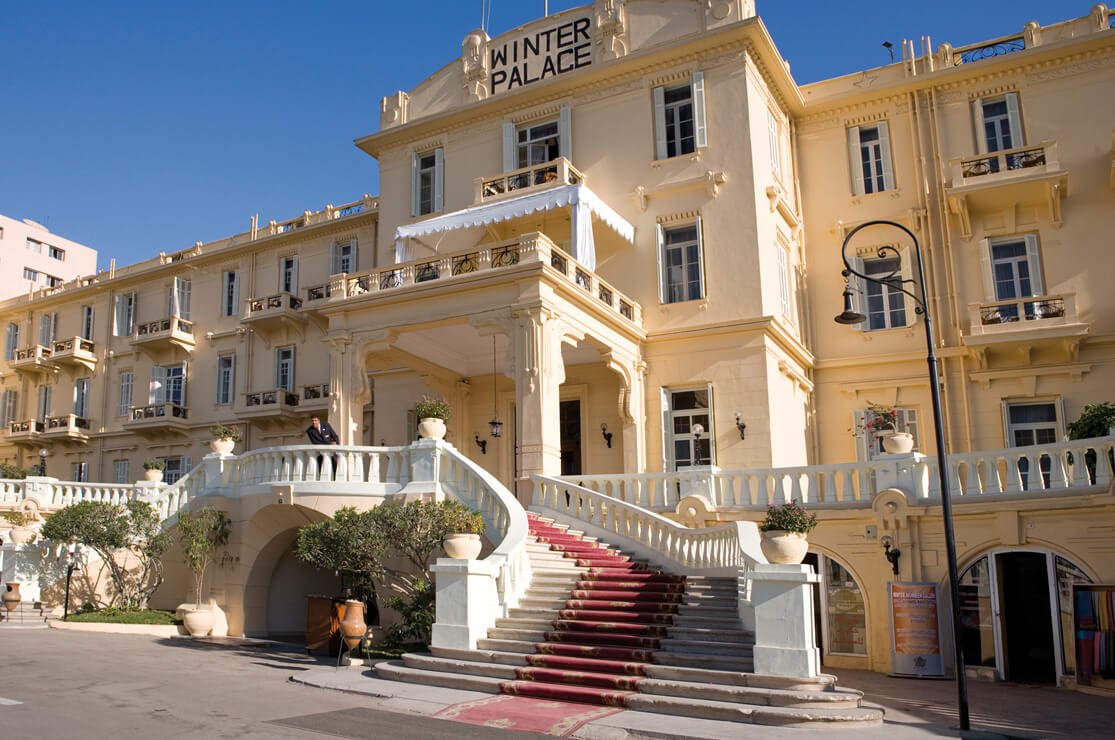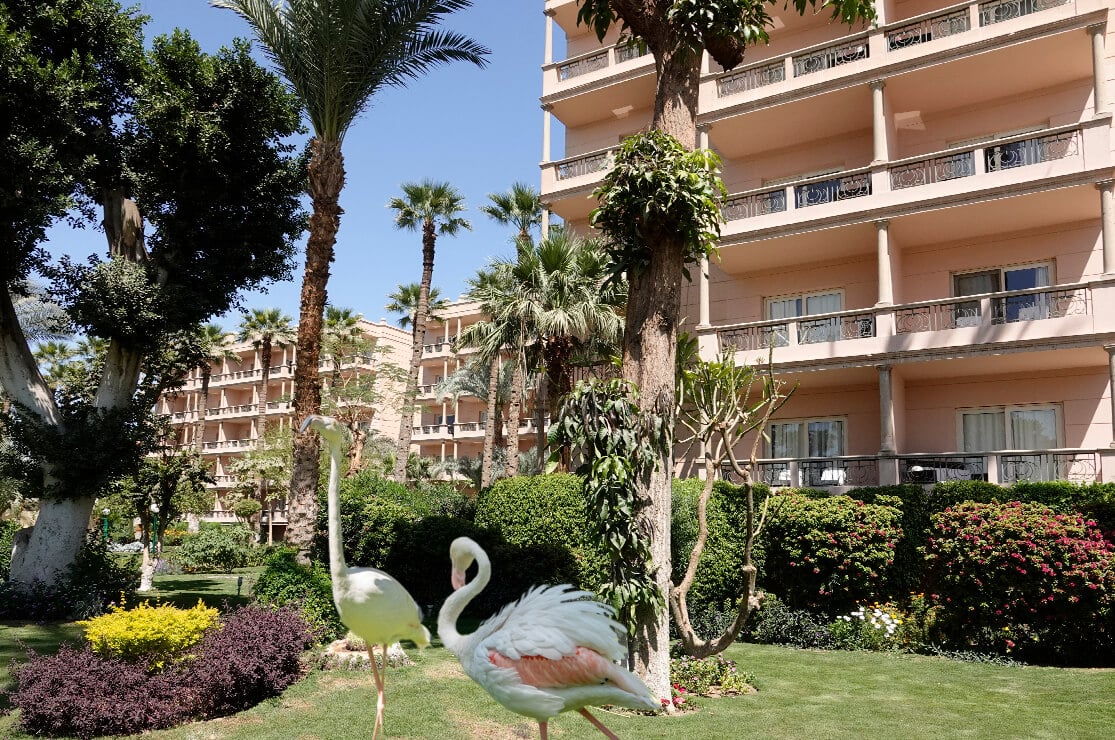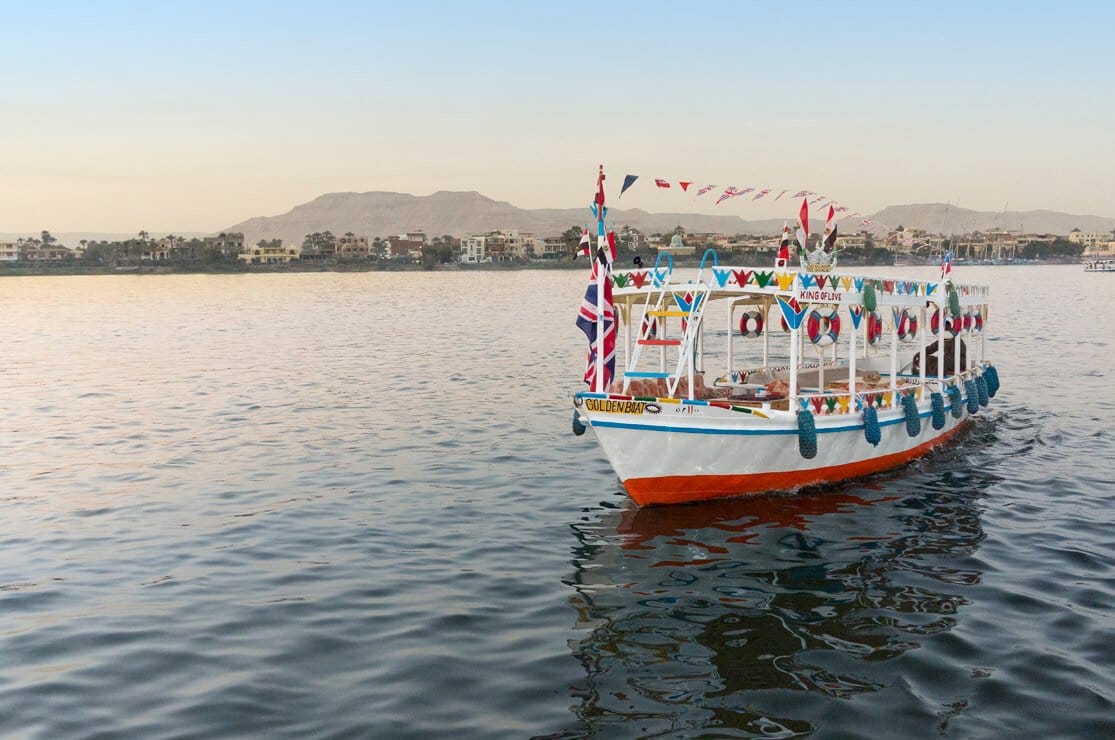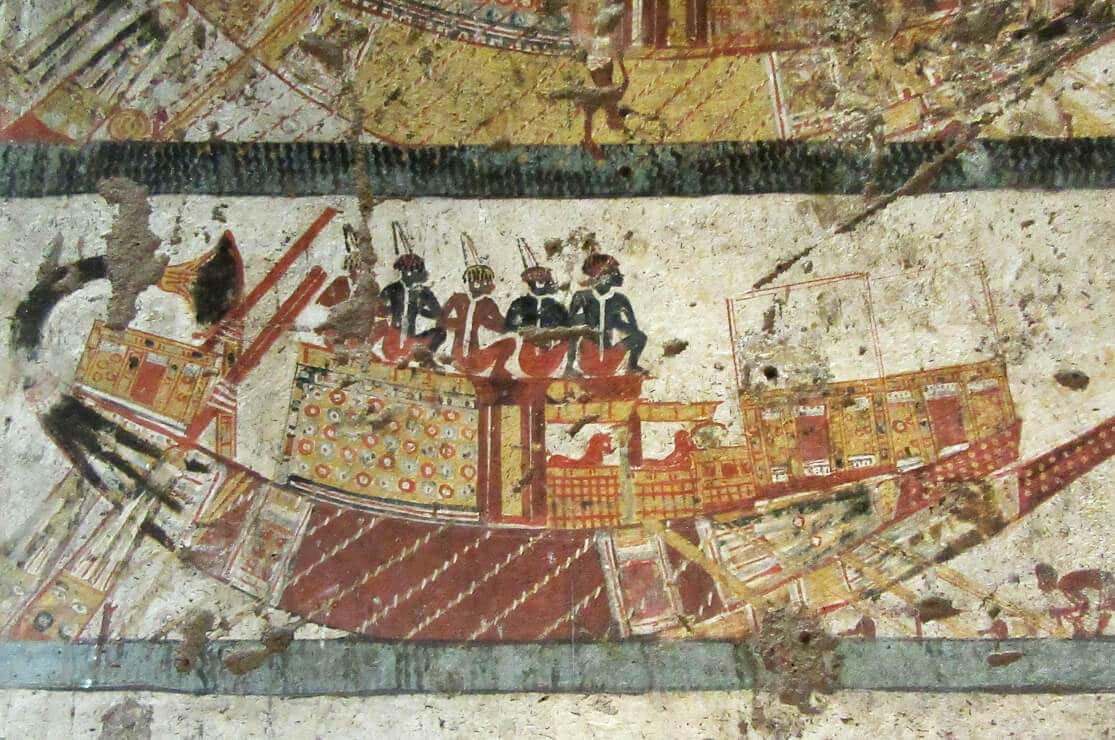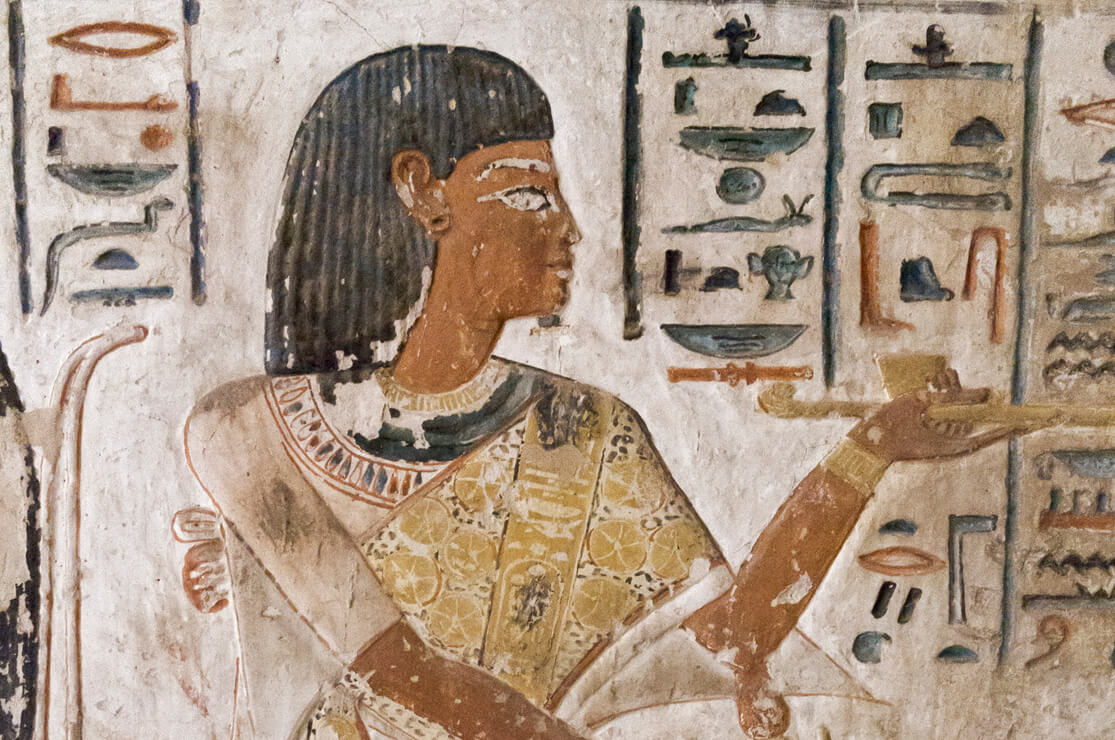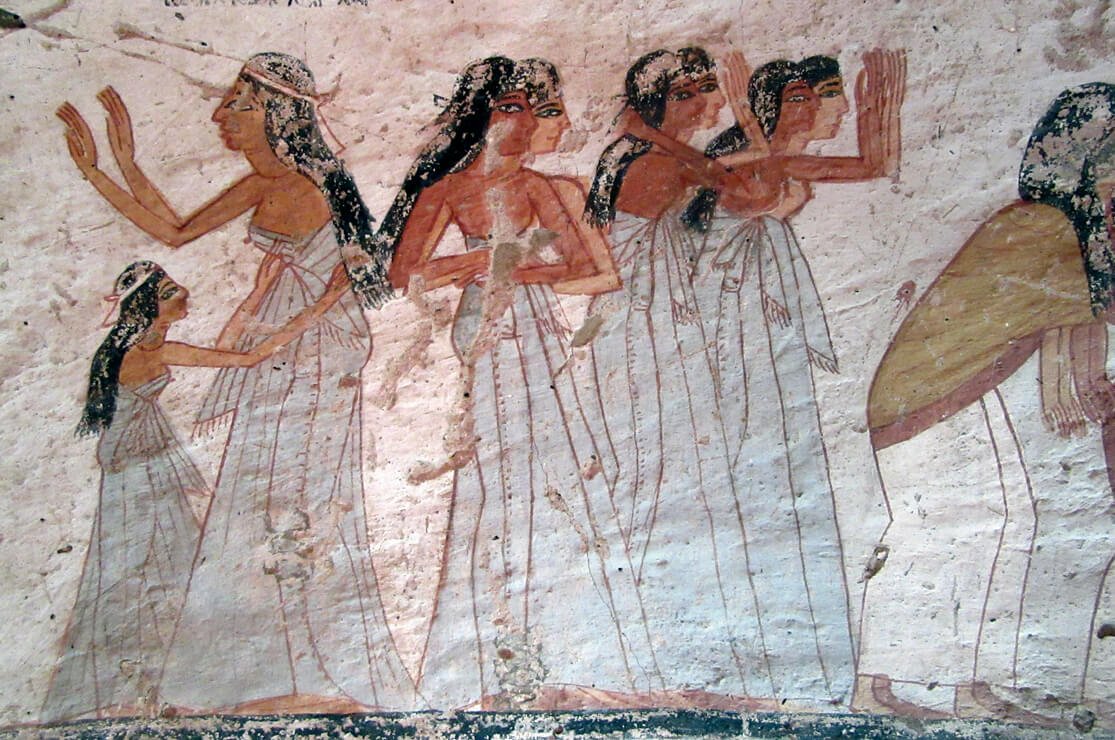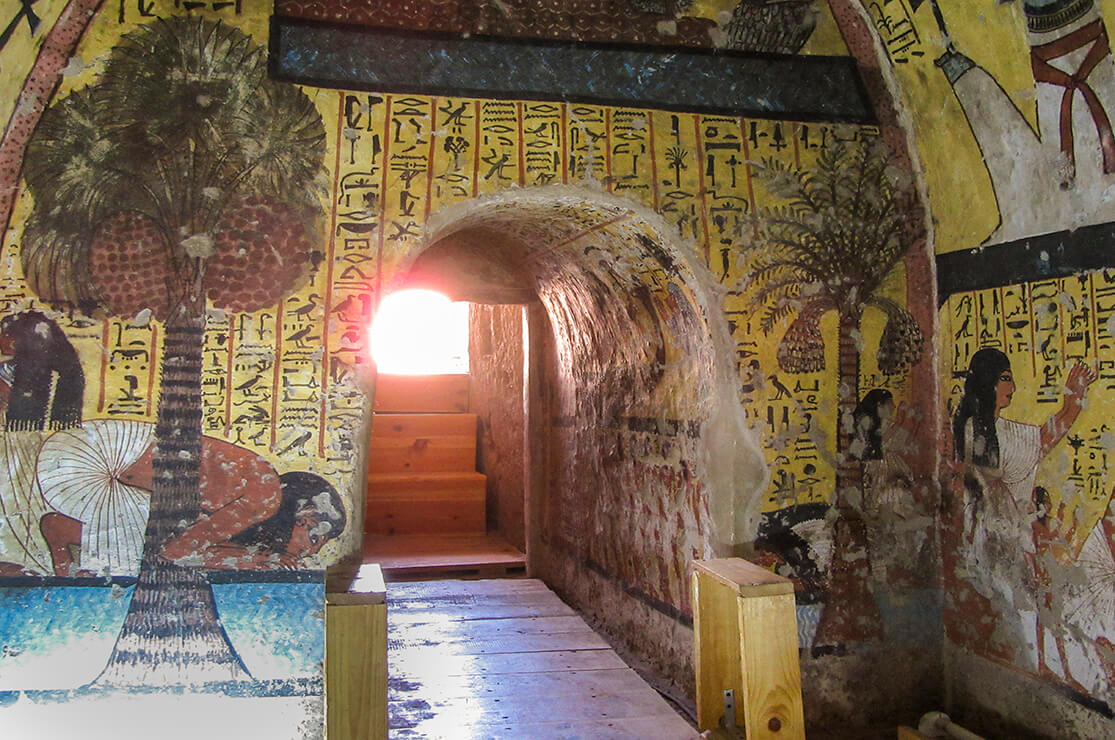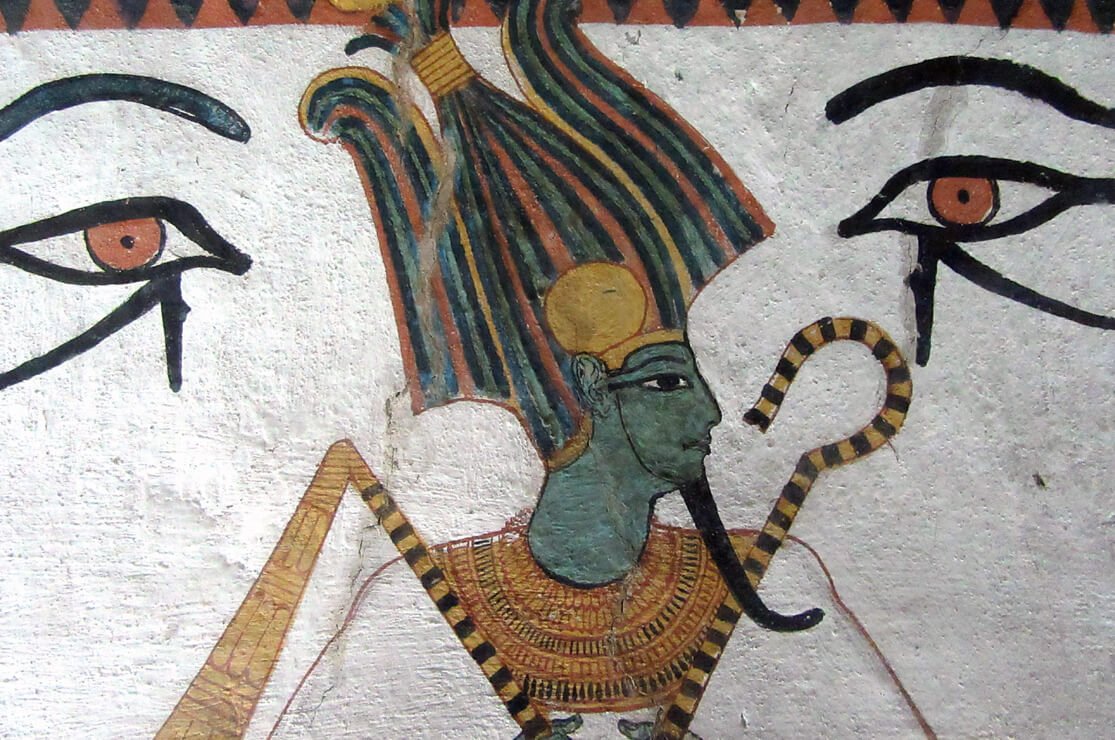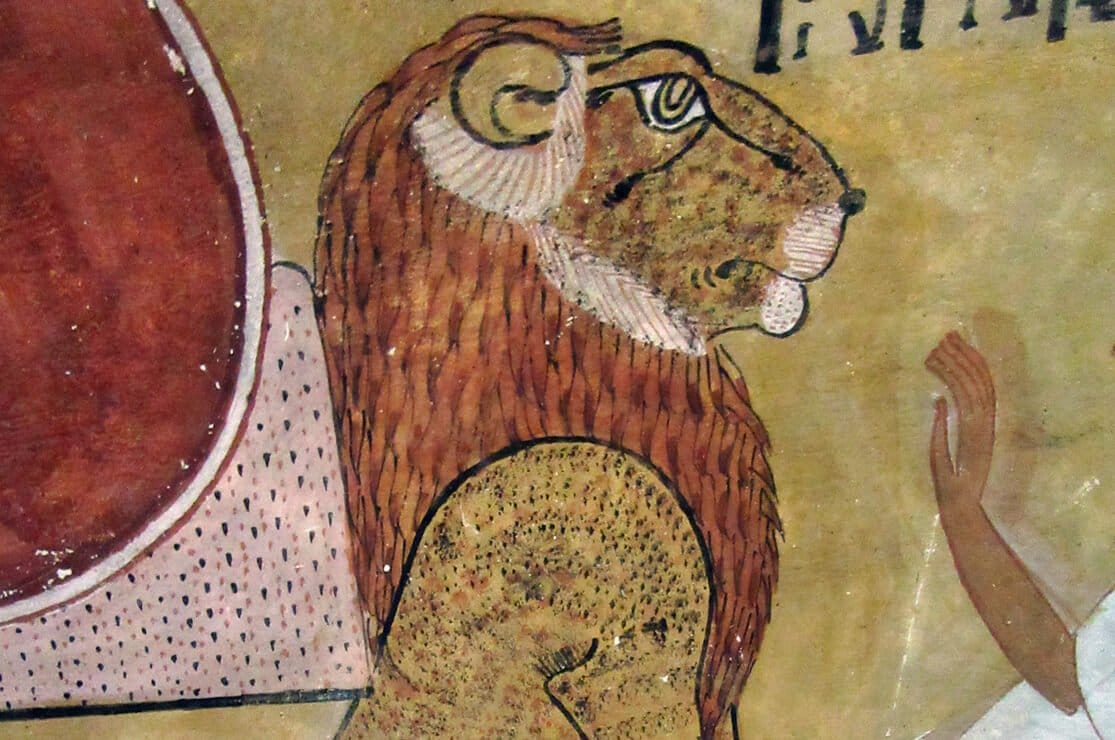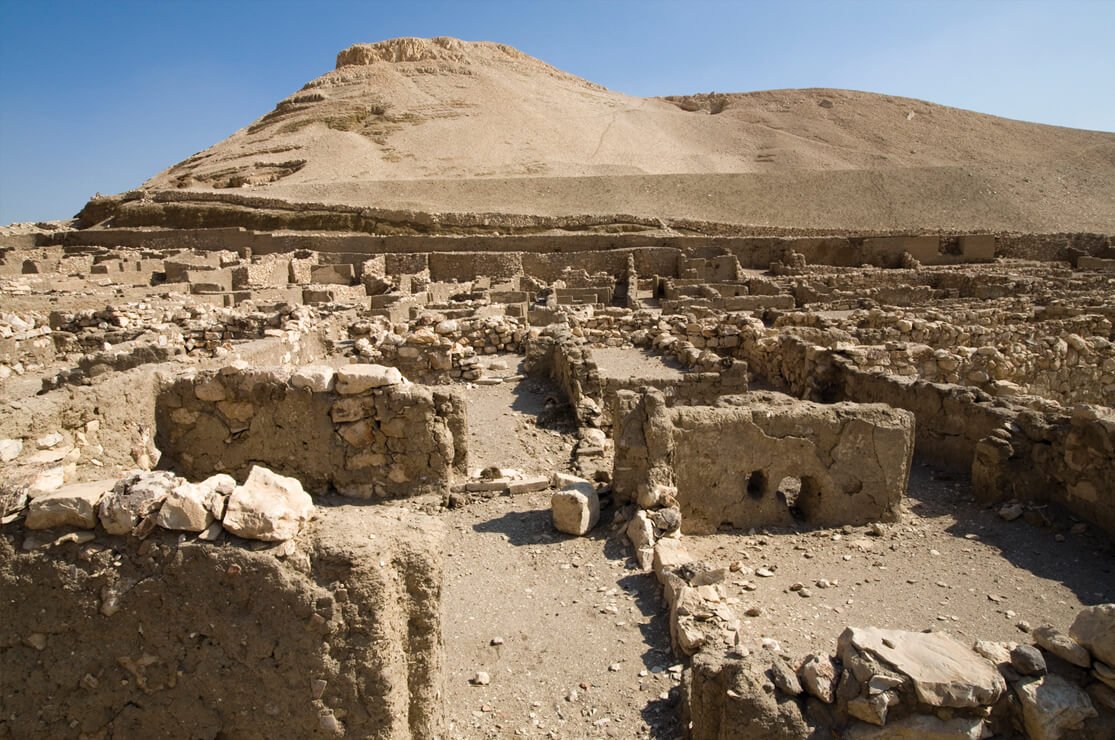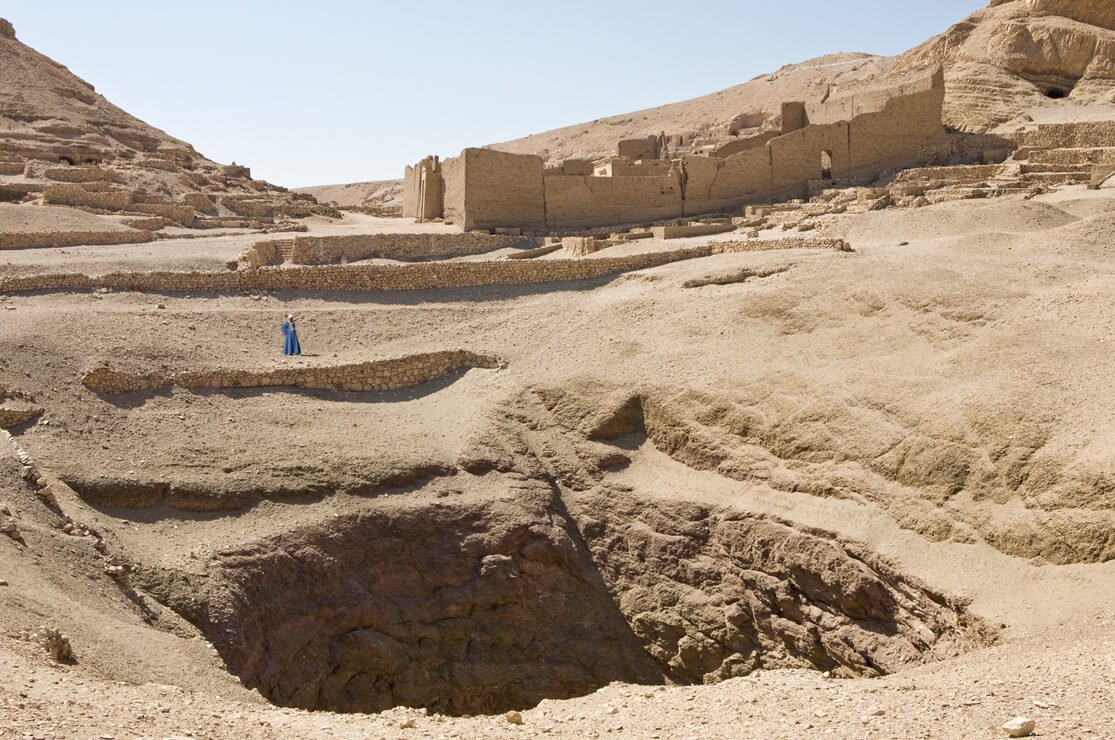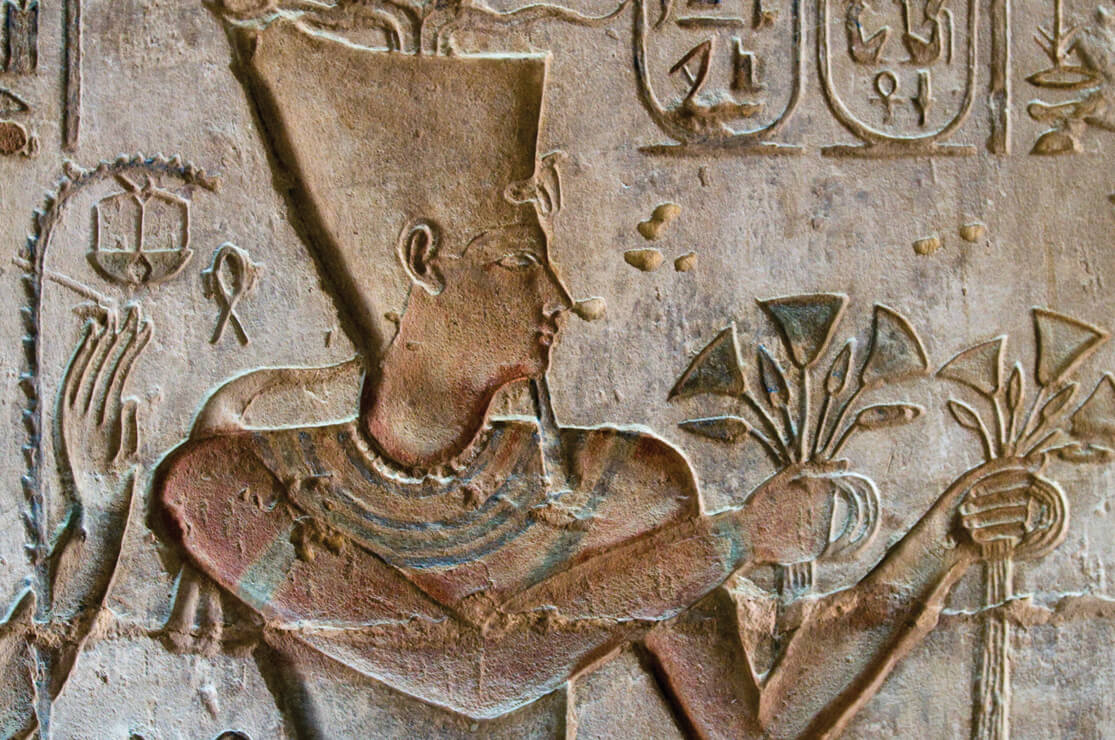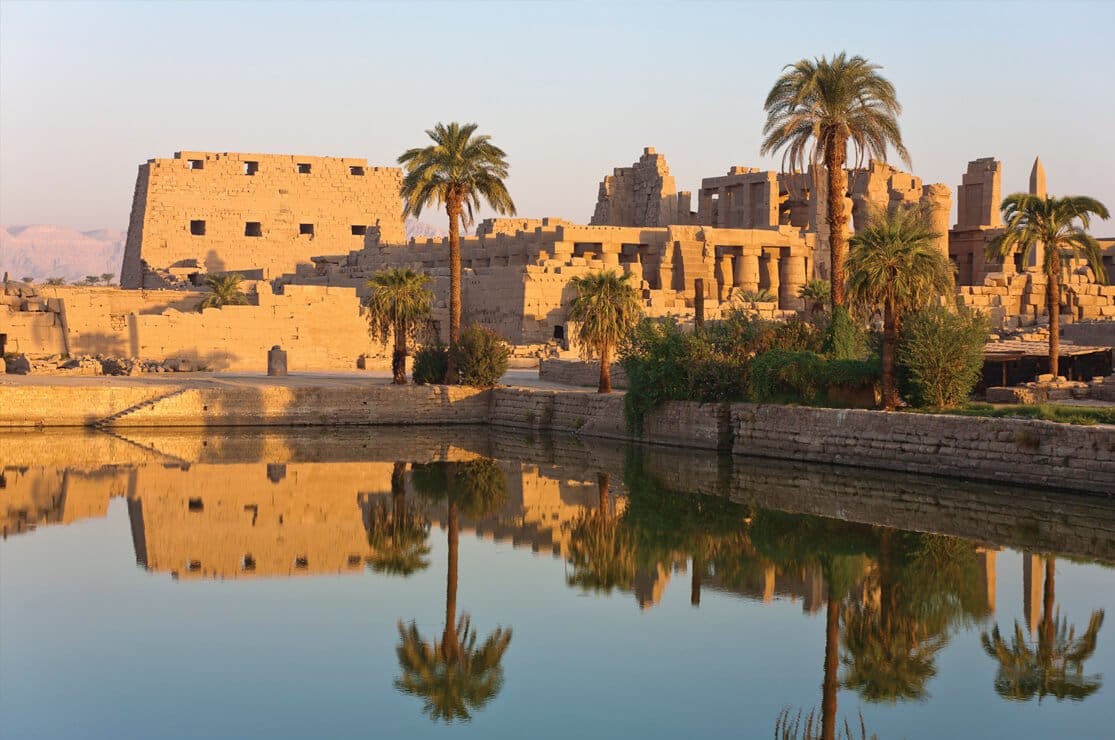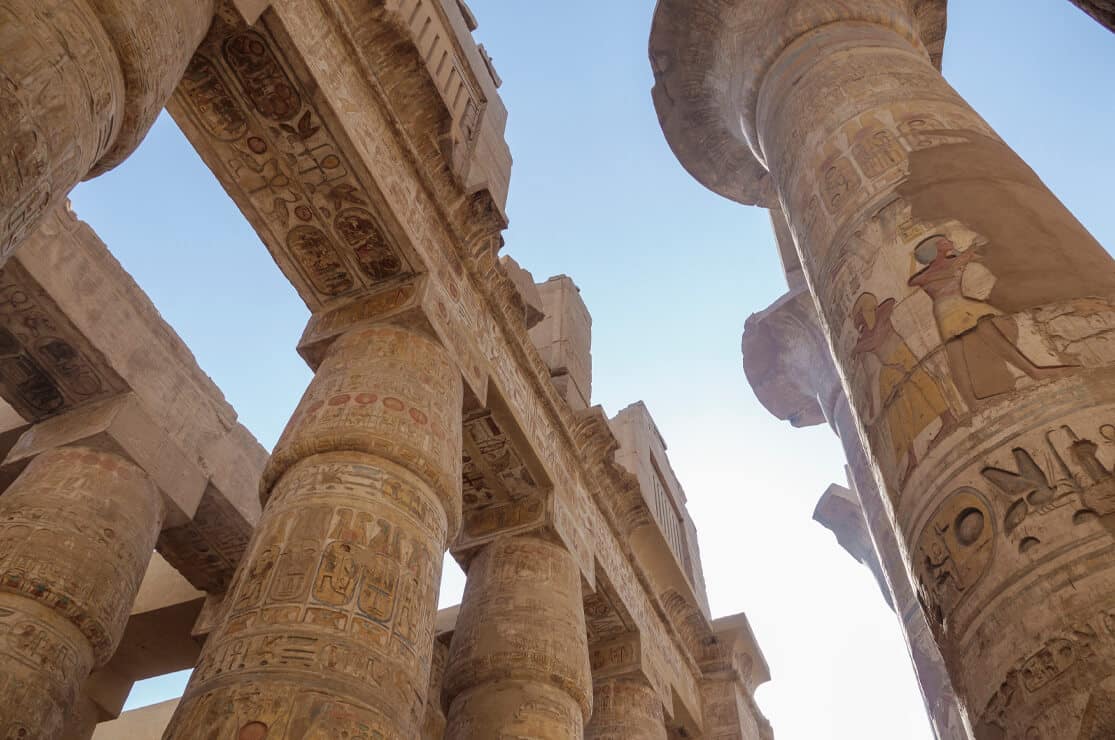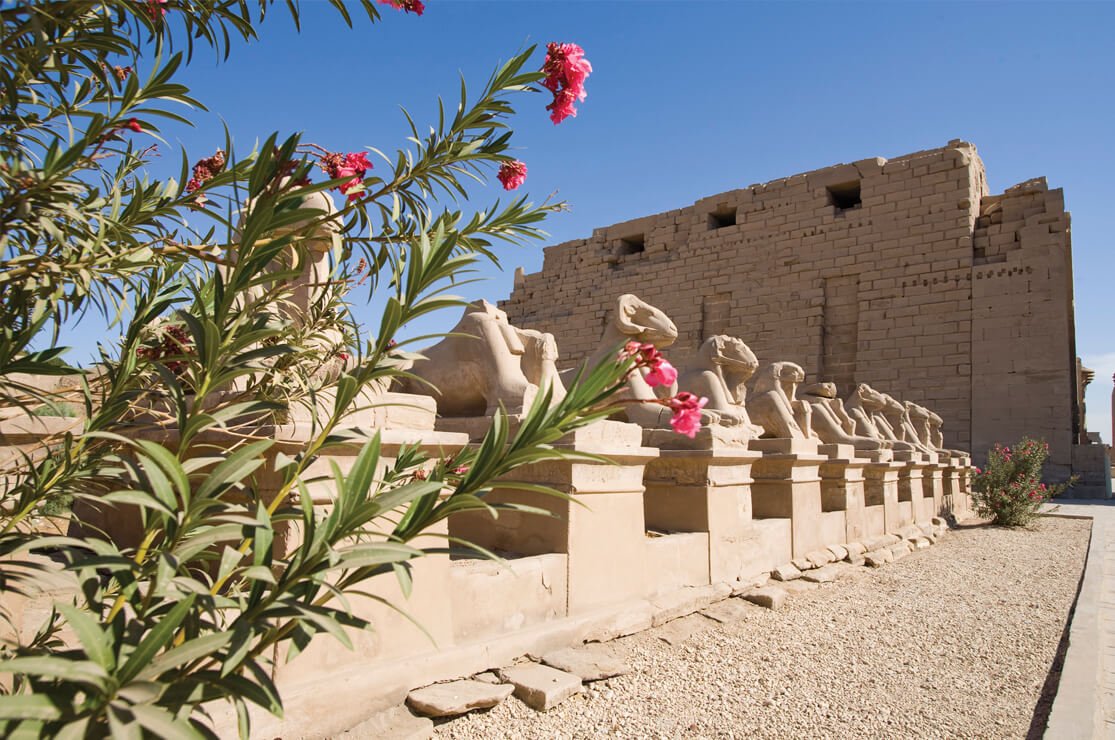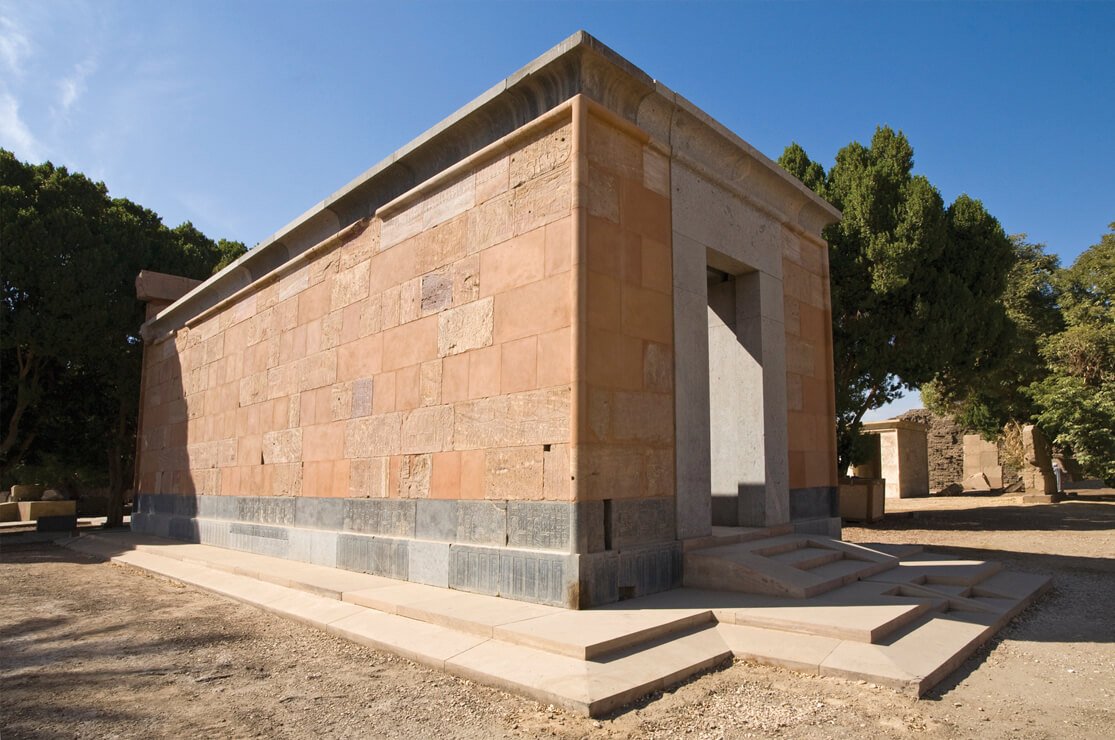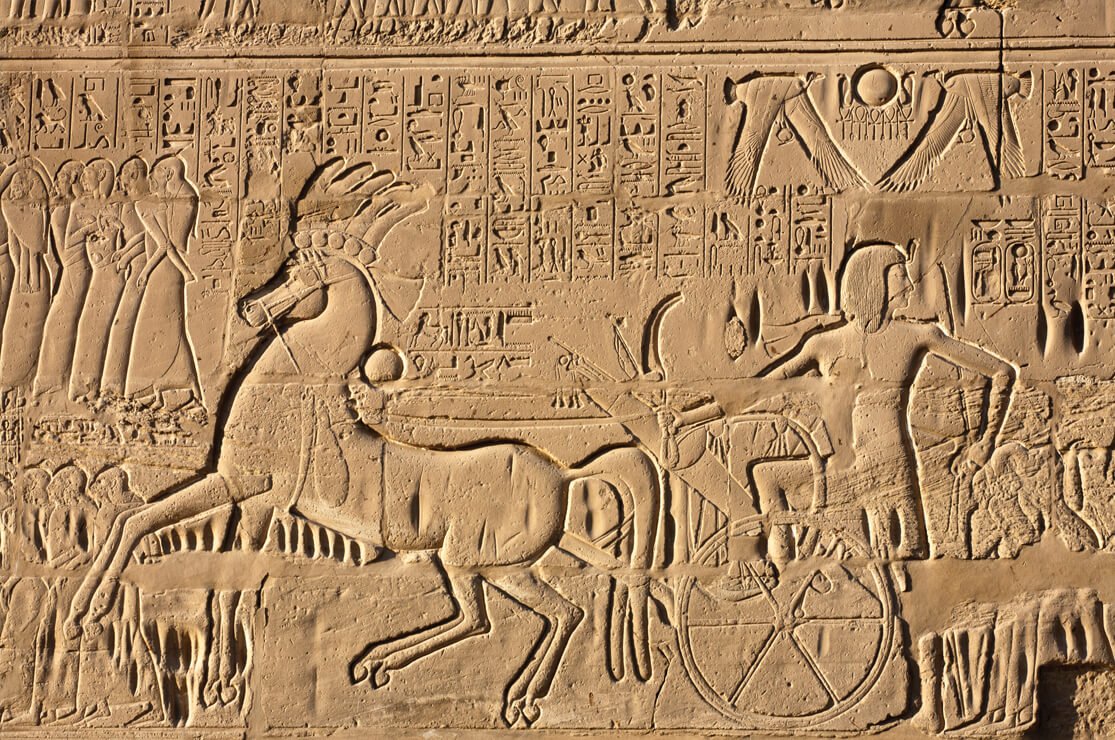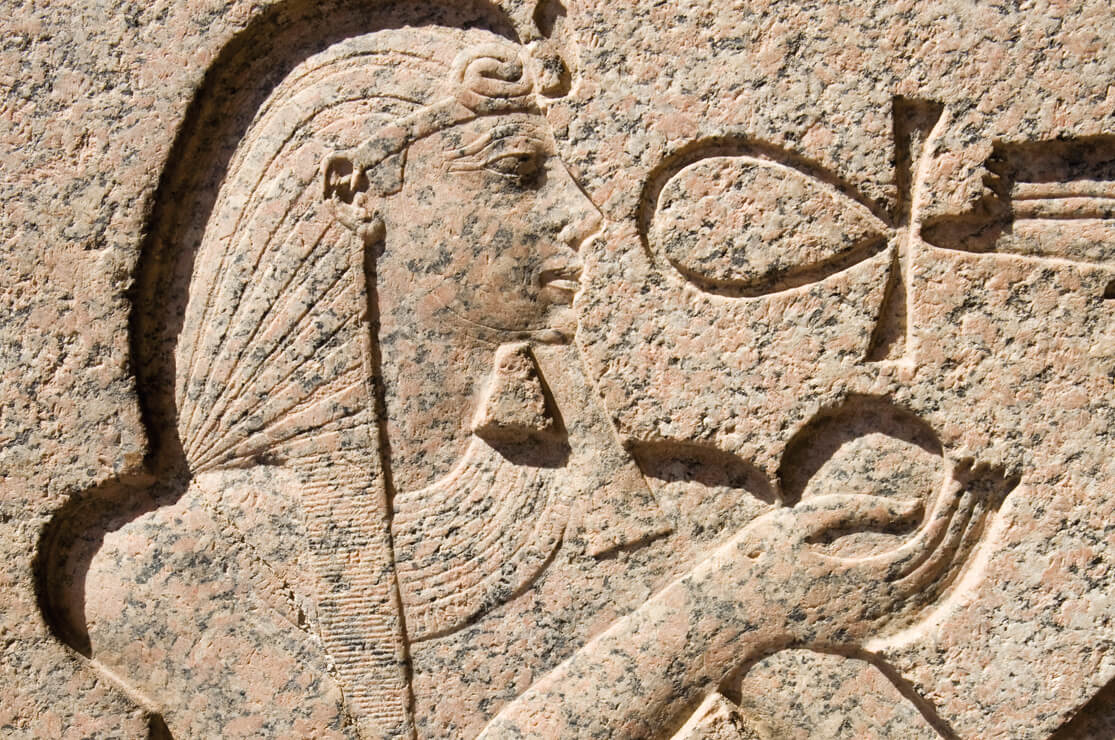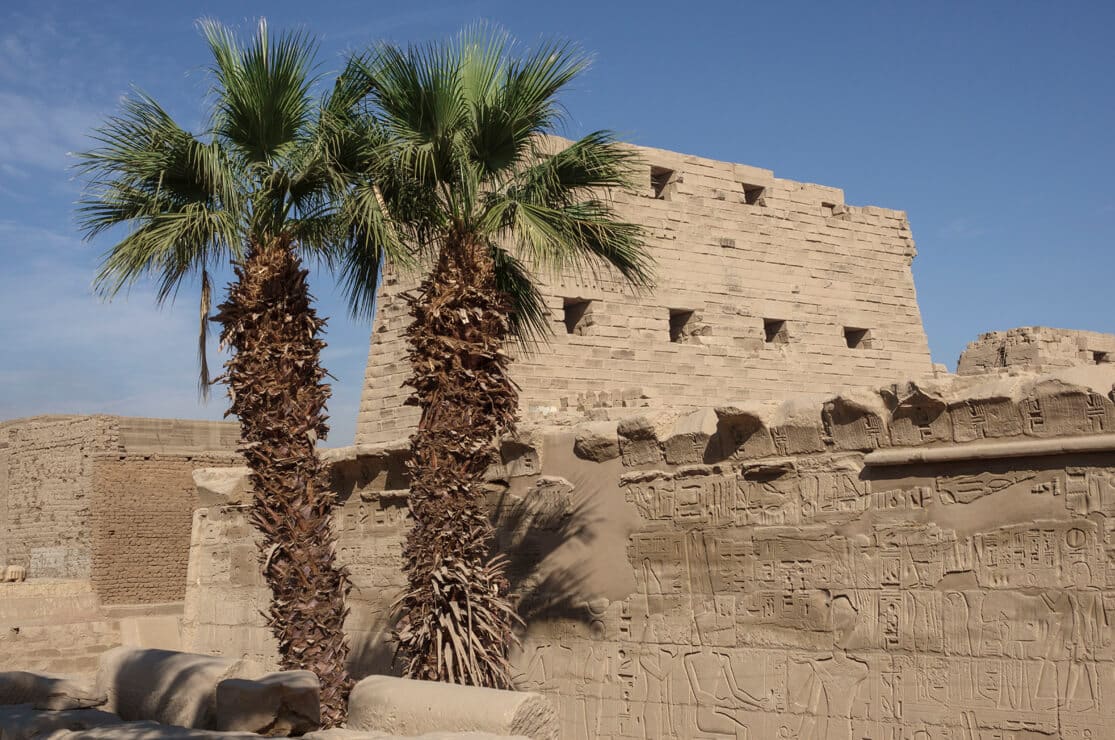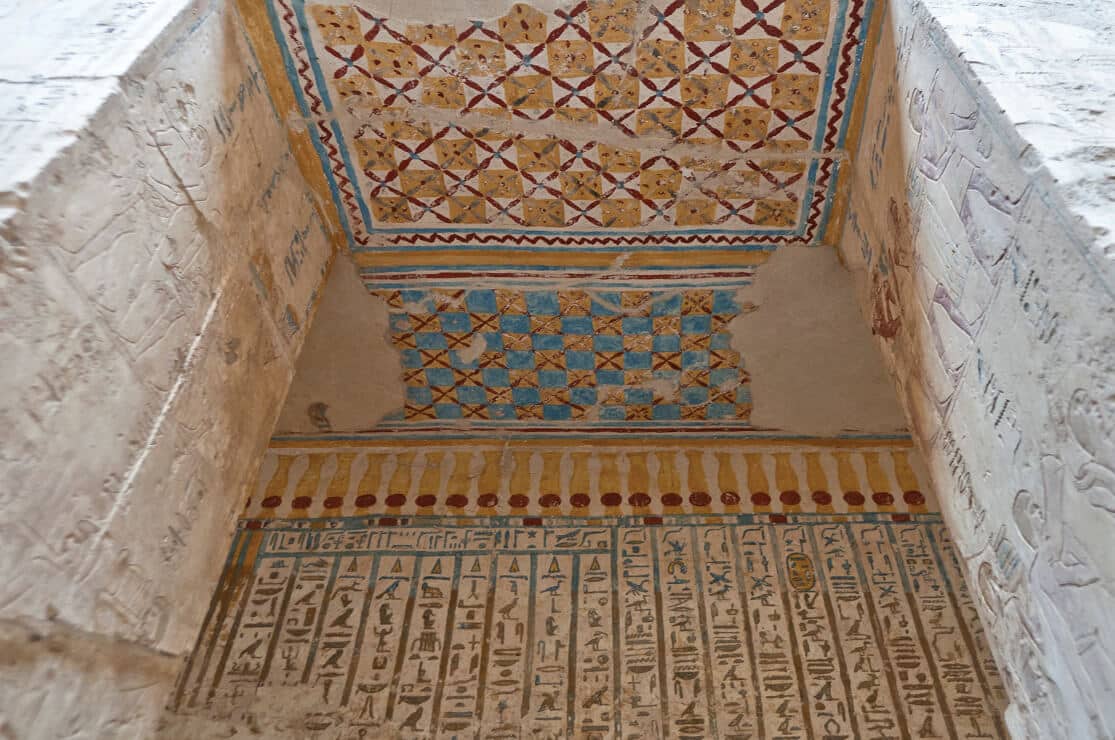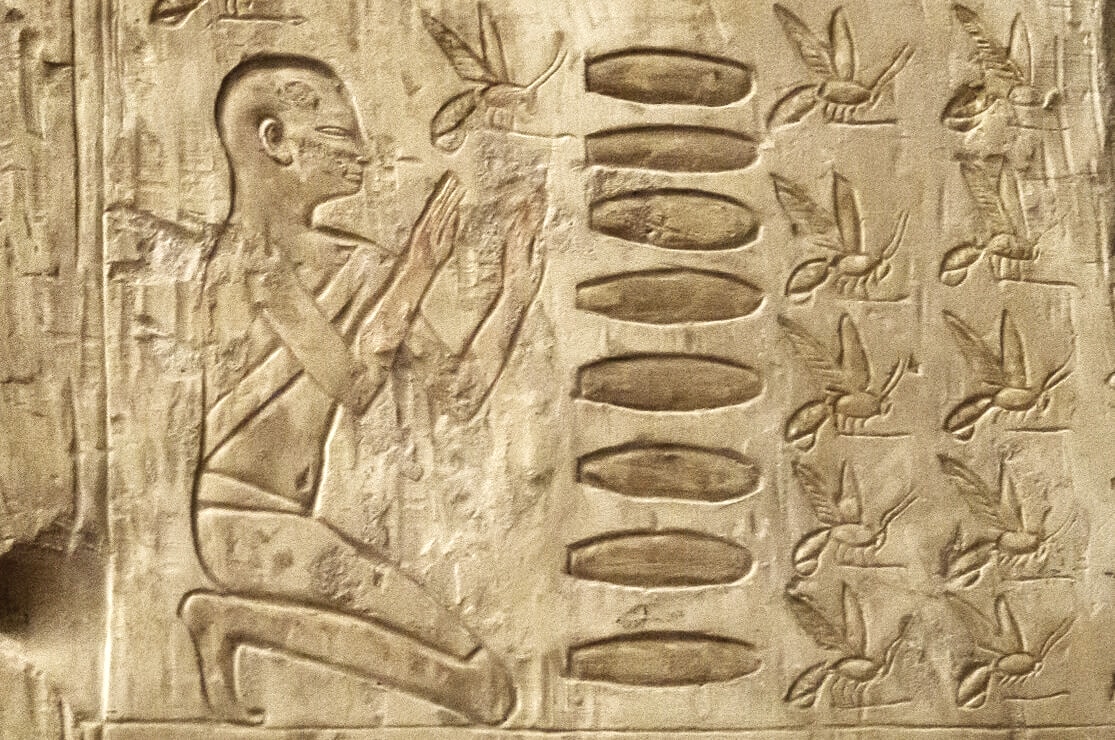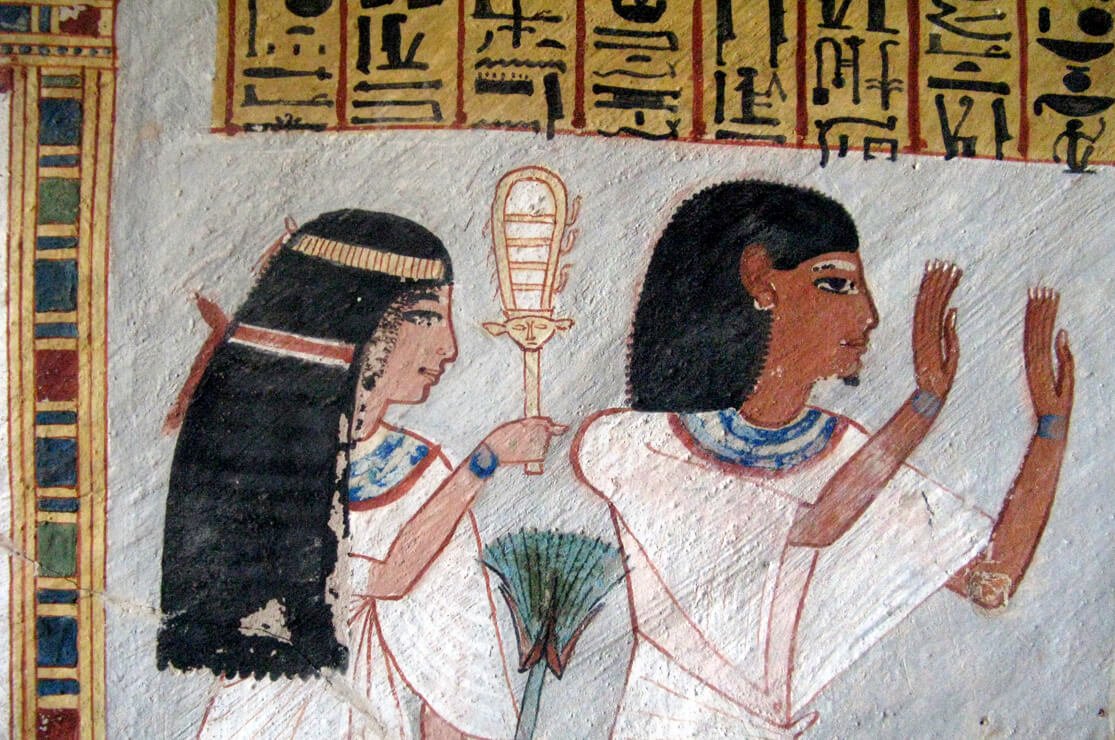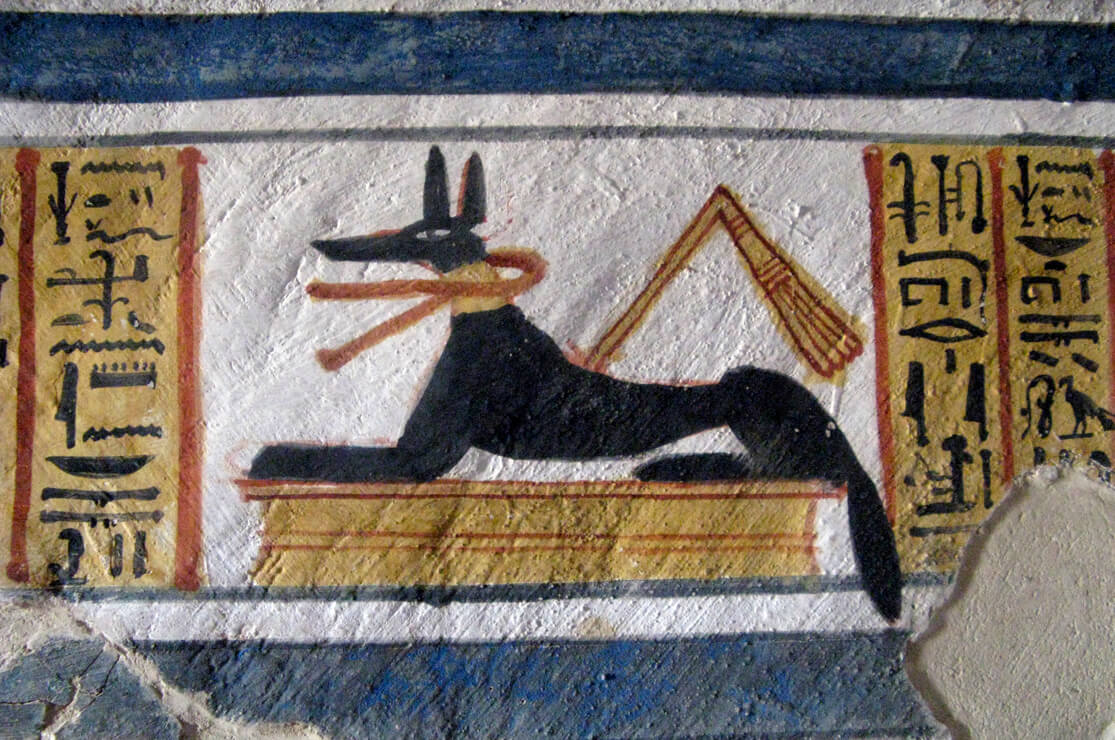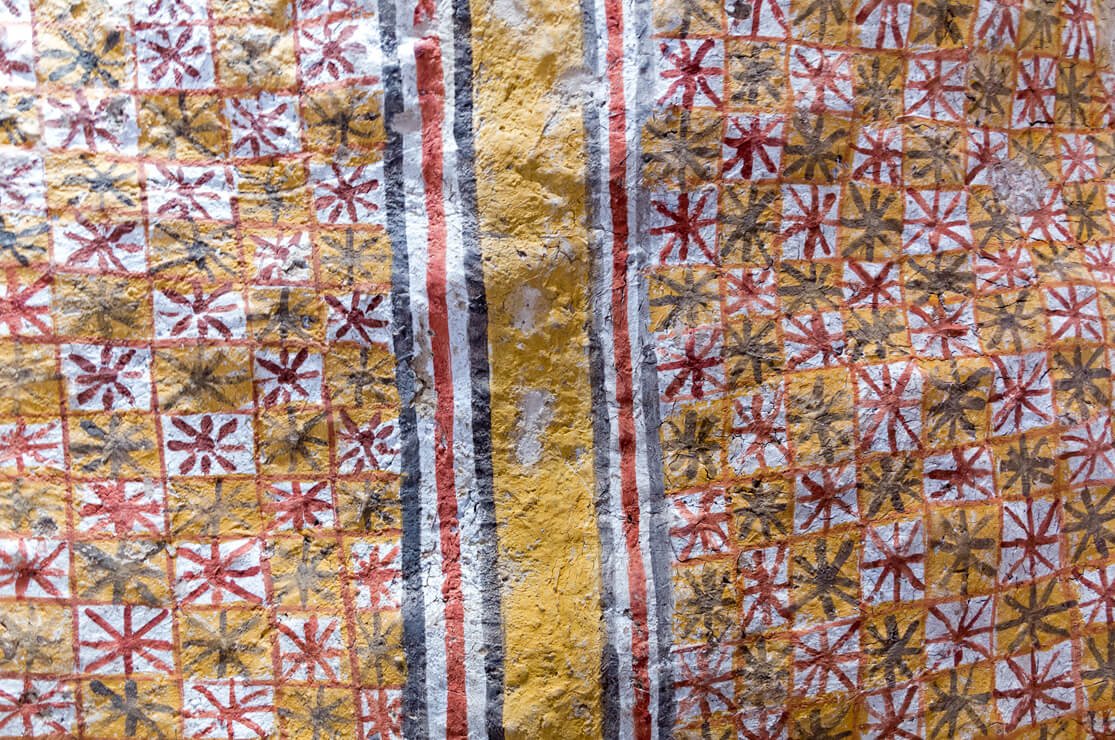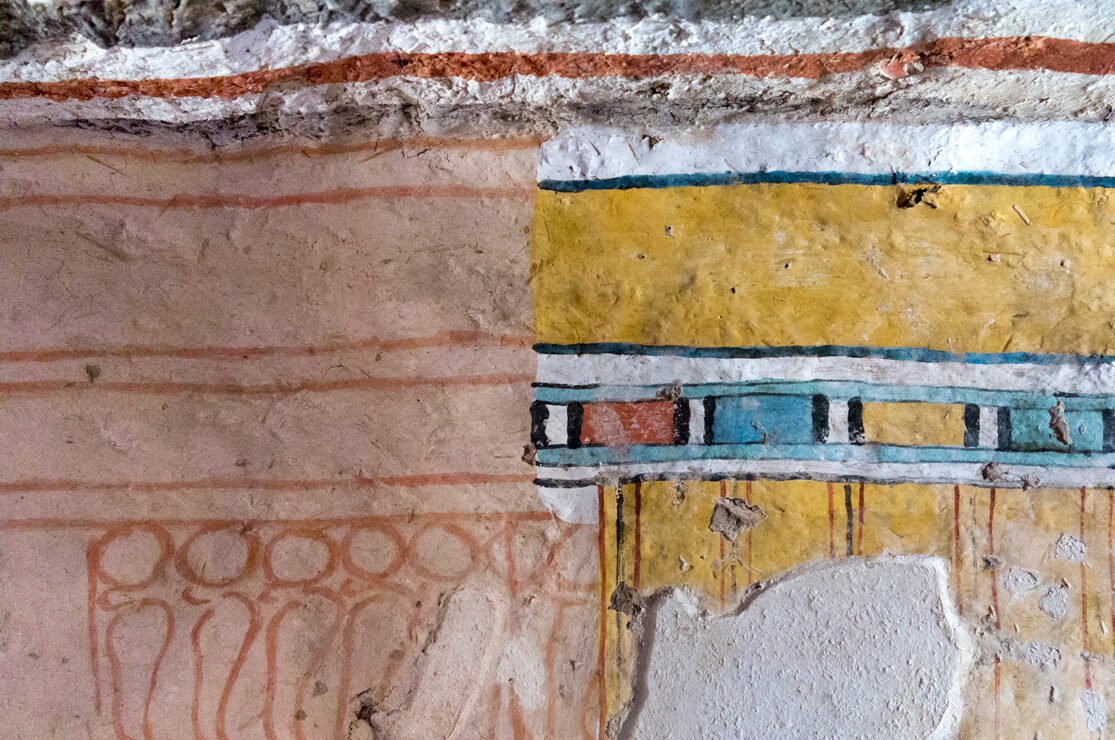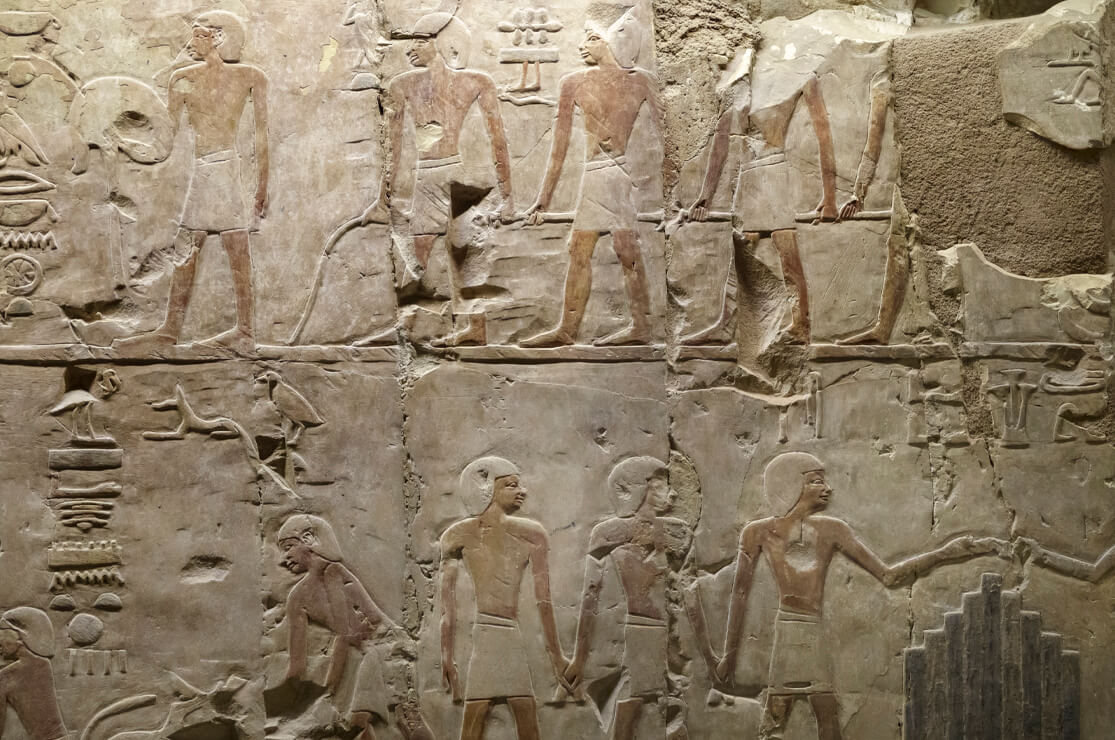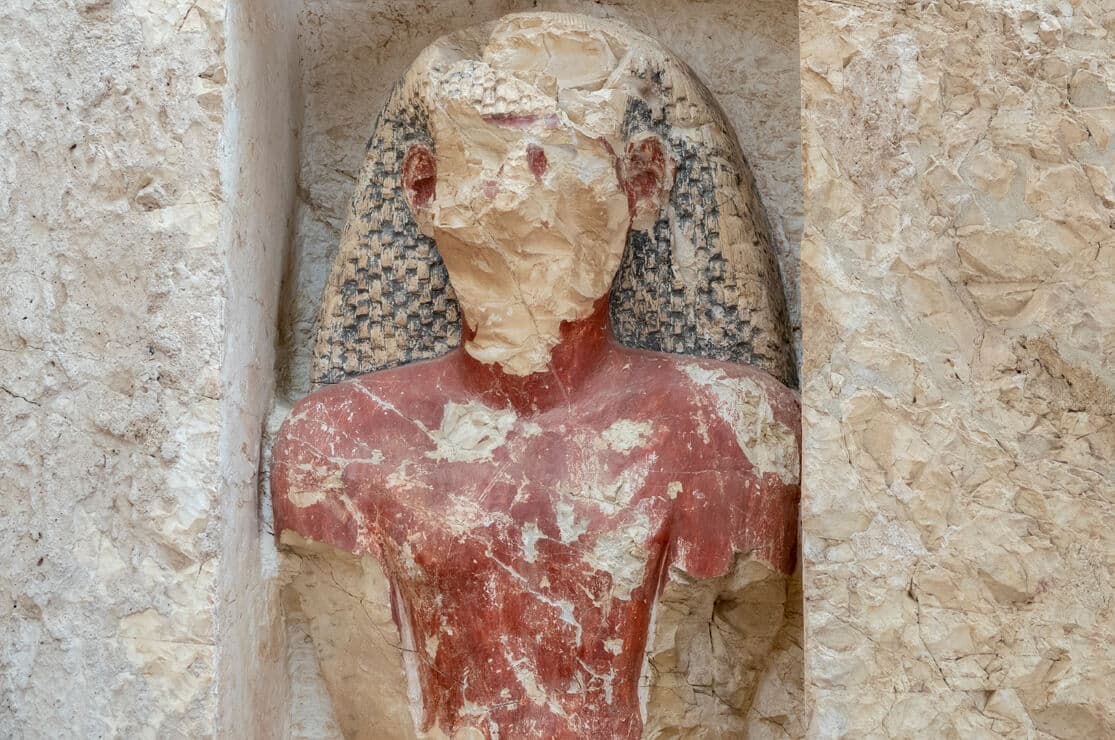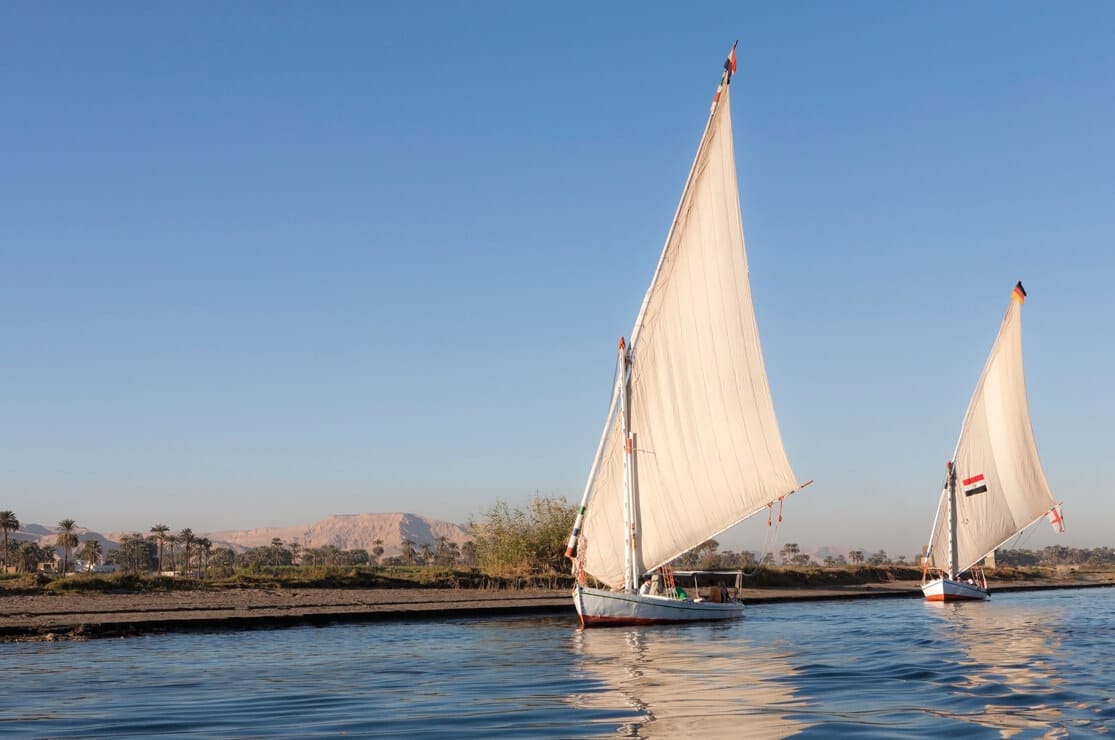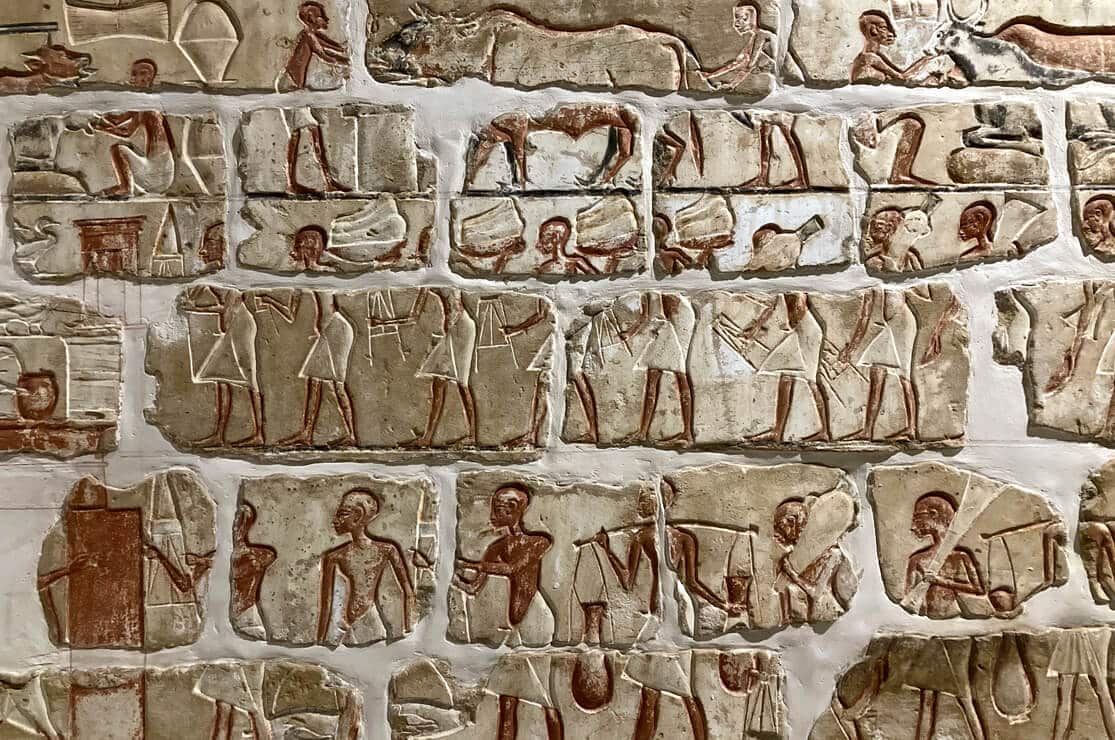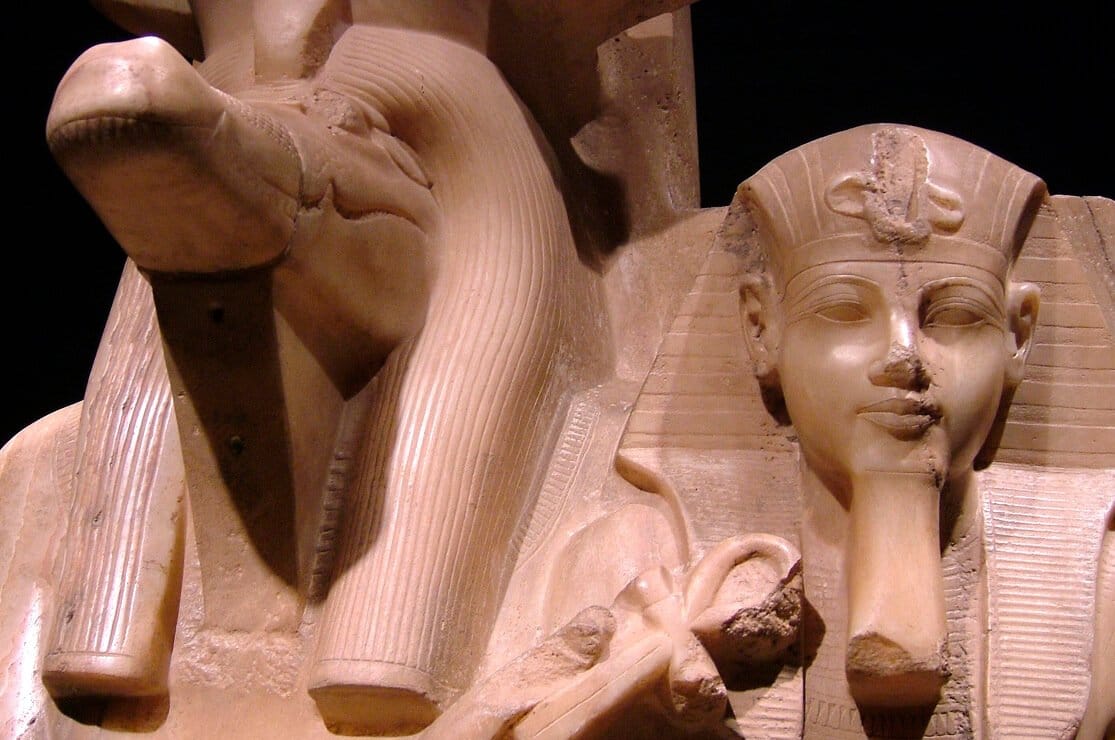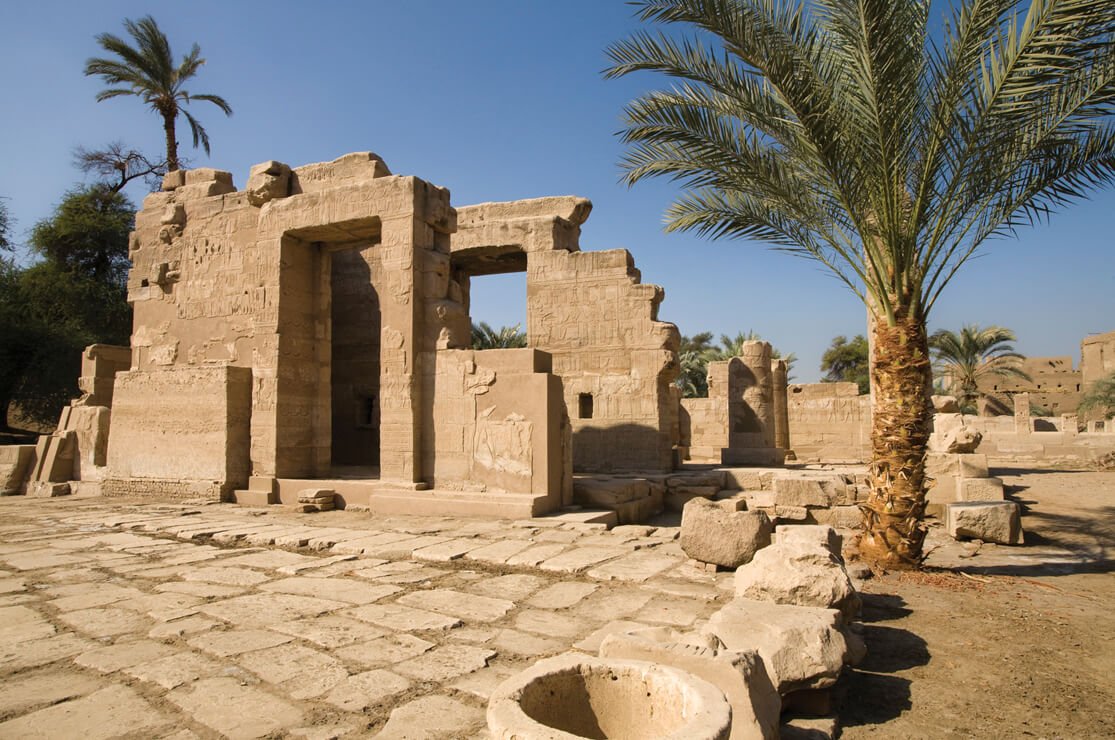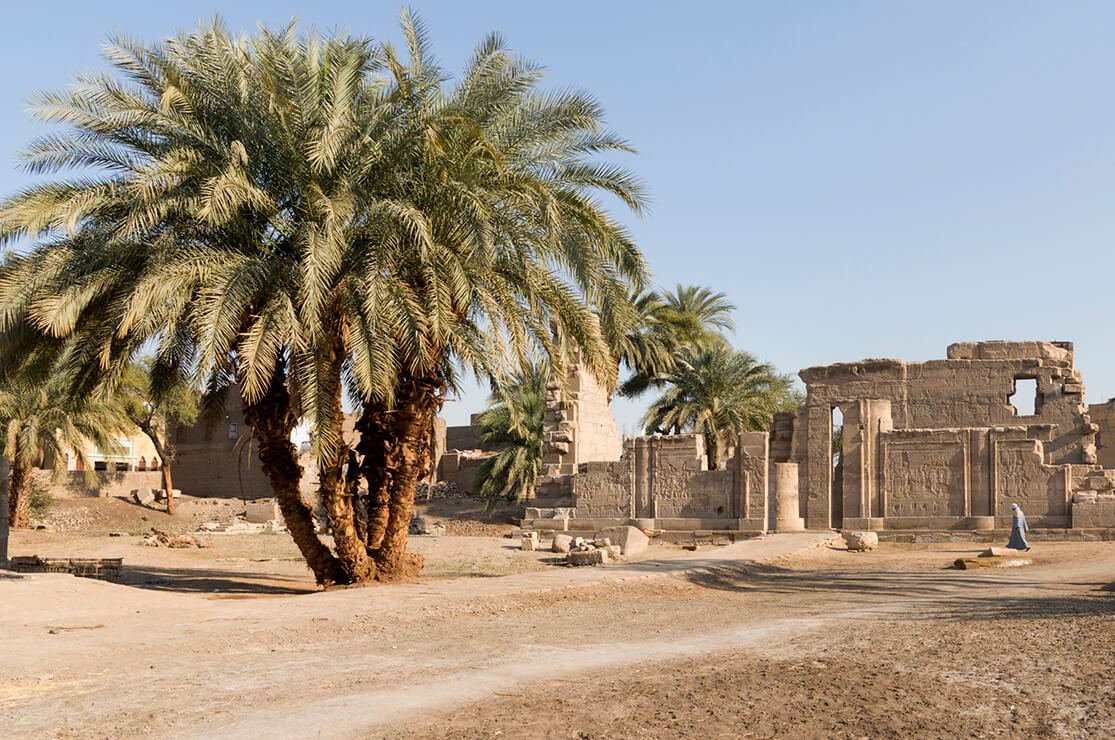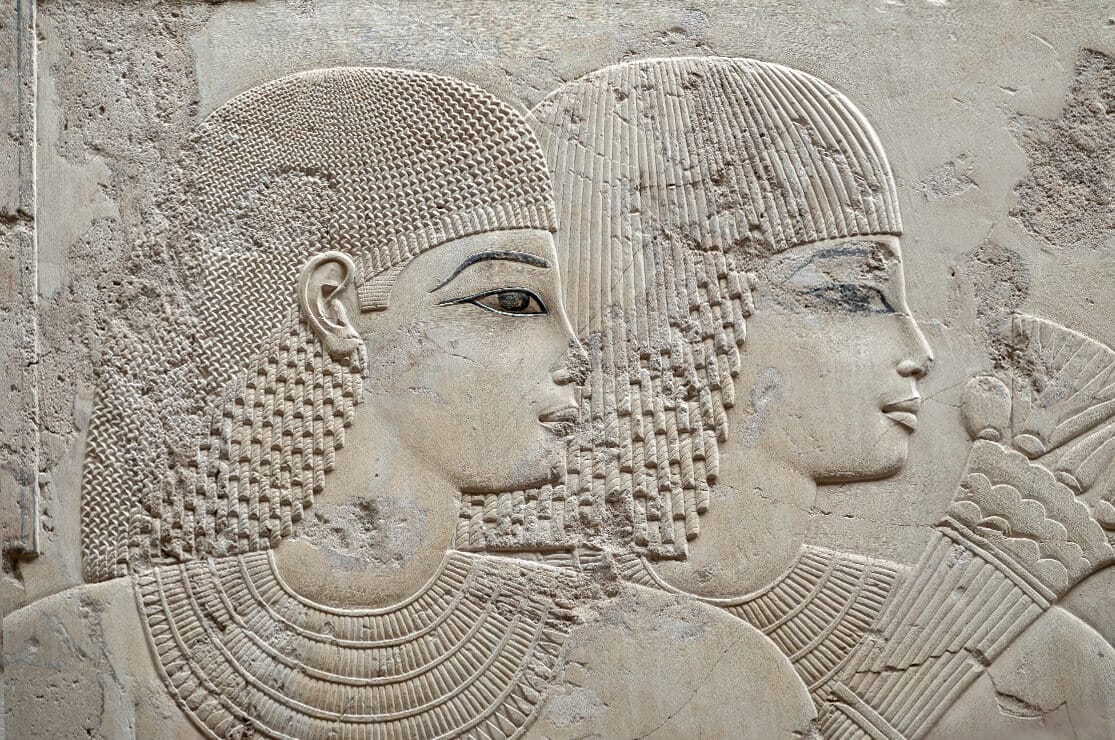Hieroglyphs—the elegant, colourful writing of ancient temples and tombs—add that unmistakable ancient Egyptian quality, even to bad movies and tacky T-shirts. Hieroglyphs have their own compelling beauty and suggest enigmatic ideas—they seem to want to say something important, don’t they? If this is how you feel about hieroglyphs, our brand new tour, devised in response to requests from regular clients, offers privileged access to their world—a chance to explore some of our favourite sites in and around ancient Thebes, while spending a little time each day learning the basics about hieroglyphs and how to make sense of them.
Based at the historic Winter Palace Hotel in Luxor, this tour promises a special week for first-time visitors to Egypt and regulars alike. Alongside daily visits to the iconic monuments of Thebes, you can learn how to read some simple inscriptions on the walls, explore the relationship between hieroglyphs and sacred art, and say goodbye to the most common misunderstandings about ancient writing. The tour assumes you have no prior knowledge of how to read hieroglyphs, and you may be interested in Egyptology or, indeed, in languages, art, history or religion generally. In short, anyone wishing to experience the amazing world of hieroglyphs is welcome.
Day 1
- Monday 8th December 2025 – London to Luxor
We fly direct from London Heathrow Airport to Luxor International Airport. On arrival, we have a private transfer to the Old Winter Palace, Garden Pavilion Wing, where we check in for seven nights on a bed and breakfast basis. This iconic hotel is set in lovely exotic gardens and is perfect for our week ahead.
Day 2
- Tuesday 9th December – The Immortal West Bank (and the World of Hieroglyphs)
Our tour begins on a private launch across the timeless River Nile, then a drive through the bustling West Bank streets to the pharaonic necropolis at Qurnet Murai. Here we visit the lovely tomb chapel of Amenhotep – Viceroy of Nubia during the reign of Tutankhamun—and some of the other New Kingdom tombs.
Nearby, at Deir el-Medina, we explore the village of the master craftsmen who excavated and decorated the breathtaking tombs in the Valley of the Kings. We enter some of their own painted burial places, which are among the most exquisite in Egypt. We also take a stroll past their homes – amazingly well preserved after three-thousand years – to the local temples, which have their own surprising stories.
We also survey the enigmatic pit that turns out to be one of the single most important sources of documents from ancient Egypt. After a relaxing lunch at our local restaurant, we make the short journey to the Theban Mapping Project Library. We will learn about the essential work being done by the project and here we will have our first class, discussing what people always seem to get wrong about hieroglyphs – and what they are really all about. (BL)
Day 3
- Wednesday 10th December – The Valley of The Kings (and Your First Words)
This morning, we cross the Nile again for a full morning in the haunting Valley of the Kings itself. Here we experience the craftsmanship of the workmen from Deir el-Medina first hand, with a ticket for three of the mighty New Kingdom royal tombs of your own choosing (of course, we can advise on choices from those open on the day). There is also plenty of time, if you wish, to buy special tickets for the incomparable tomb of Sety I and the immortal tomb of Tutankhamun.
On the way to lunch we stop to visit the house of Howard Carter, now preserved as a museum about the man who discovered Tutankhamun’s tomb. After a local lunch and a refreshing break, we have our second class, once again at the TMP library, and you will be able to learn how to read your first words in hieroglyphs. (BL)
Day 4
- Thursday 11th December – The Majesty of Karnak (and the Pesky Hieroglyphs)
Today we remain on the east bank of the Nile, and head to the vast, sprawling temple of Amun-Ra at Karnak – the world’s single largest religious site. We have an in-depth tour of the site, looking at the massive pylon gateways, the truly colossal hypostyle hall of Ramesses II, and the area round the holy of holies and the sacred lake, including the towering obelisks of Thutmose I and his daughter, the female pharaoh Hatshepsut. We stroll through the peaceful Open-Air Museum, with monumental treasures recovered from the ruins of ancient Karnak.
There is plenty of time to photograph and explore this amazing complex over the course of a full morning. After lunch by your own arrangement at the hotel, we have our third class, learning about those hieroglyphs that most confuse people – but shouldn’t. (B)
Day 5
- Friday 12th December – The Elegance of Hatshepsut (and Some Useful Phrases)
This morning, we sail across the River for the last time and visit the restored temple of Hatshepsut, elegantly arrayed against the Theban cliffs at Deir el-Bahri. Nearby, we wander through the fascinating temple that is actually the tomb chapel of Pabasa, a priest and political leader of Thebes during Dynasty 26. Then we make our way up the lower slopes of the cliffs to Dra Abu el-Naga, to enter the colourful tombs of the Ramesside priests Roy and Shuroy, along with the recently restored tombs of the Dynasty 18 courtiers Hery and Djehuty.
For lunch today we will board a traditional Nile sailing boat, or felucca, for a sumptuous meal prepared by our hotel. While we eat, there is peaceful opportunity for birdwatching and drinking in the exotic scenery on this ever-popular AWT excursion. Later, we return to the TMP library for our fourth class, learning some simple Ancient Egyptian phrases that prove to be extremely useful when visiting tombs and temples. (BL)
Day 6
- Saturday 13th December – The Riches of Luxor (and Getting Ready to Read)
After breakfast we walk from our hotel for a guided tour of the towering Luxor Temple, next door! After lunch by your own arrangement at the hotel, we have our fifth and final class, preparing to read some hieroglyphic inscriptions we will visit tomorrow. In the evening, we visit Luxor Museum where we see some undoubted masterpieces of ancient art, all discovered in the local area and beautifully displayed in a relaxed modern setting. (B)
Day 7
- Sunday 14th December – The Joy of Hieroglyphs
To begin our final day of exploration, we travel a little south of Luxor to explore the temple of Montu at el-Tod. This rarely visited treasure is a compact model of a typical ancient Egyptian temple, and here also we see fine examples of royal hieroglyphic inscriptions from the Middle Kingdom, the New Kingdom and, much later, the Ptolemies.
Afterwards, we drive back for our final lunch stop on the West Bank, then head to Sheikh Abd el-Qurneh, the most famous cemetery of the nobles at Thebes. Here we enter a special group of tombs, including the majestic tomb of Ramose – vizier during the reign of Akhenaten – where you can try out your newly acquired hieroglyphic reading skills. (BL)
Day 8
- Monday 15th December 2024 – Home
This morning a private transfer returns us to Luxor International Airport for a direct flight to London Heathrow Airport, where we arrive in the early afternoon. (B)
Upgrades to the Winter Palace main building available on request.
Dr Bill Manley is the author of several best-selling books on Ancient Egypt, currently working with the C2 Archaeological Project in Luxor. His best-known books include Egyptian Hieroglyphs for Complete Beginners (Thames & Hudson), Egyptian Art in the prestigious World of Art Series (Thames & Hudson), and How To Read Egyptian Hieroglyphs (British Museum Press, with Prof. Mark Collier). His last book, The Oldest Book in the World (Thames & Hudson), garnered five-star reviews from the Wall Street Journal among others. His latest book on the Ancient Egyptian language will be published by UCL Press in autumn 2025. Previously, Bill taught at the Universities of Glasgow, Liverpool and London, and was Senior Curator for Ancient Egypt at National Museums Scotland. These days he is Co-director of Complutense Egyptology in Madrid and Honorary President of Egyptology Scotland.
B = Breakfast BL = Breakfast and Lunch BD = Breakfast and Dinner BLD = Breakfast Lunch and Dinner
